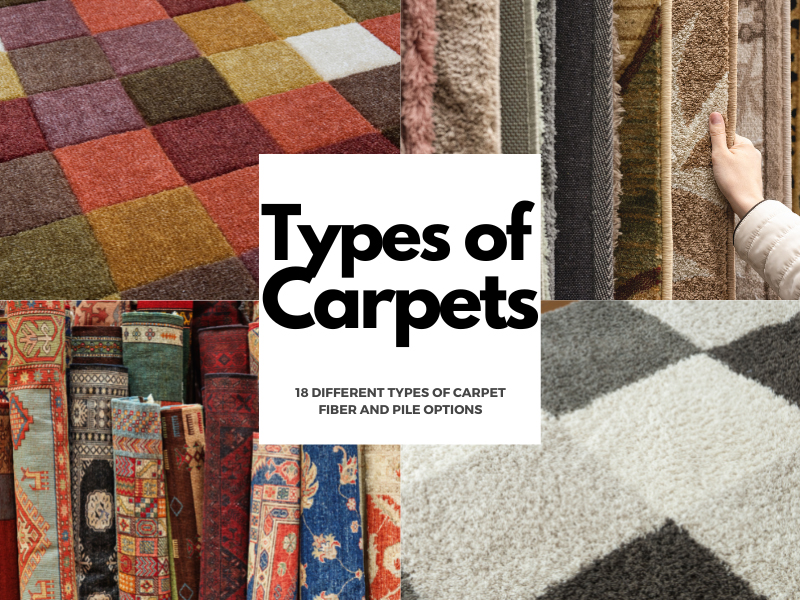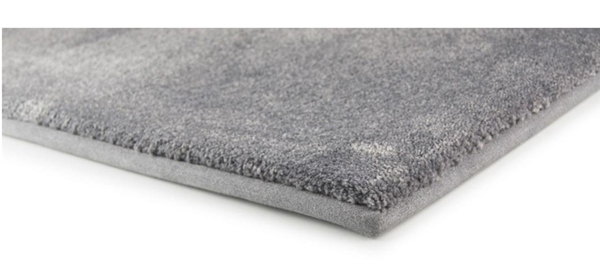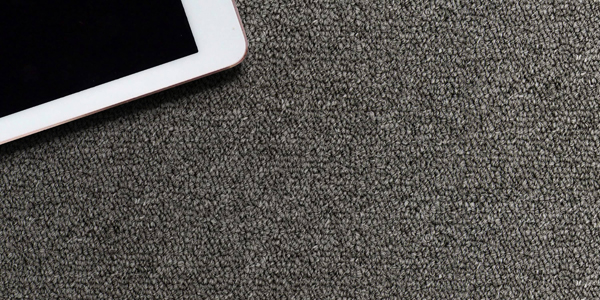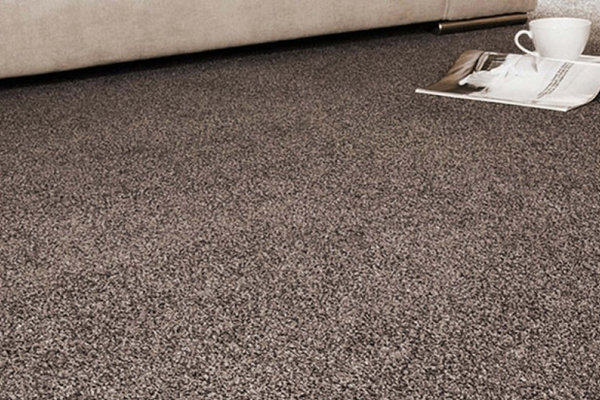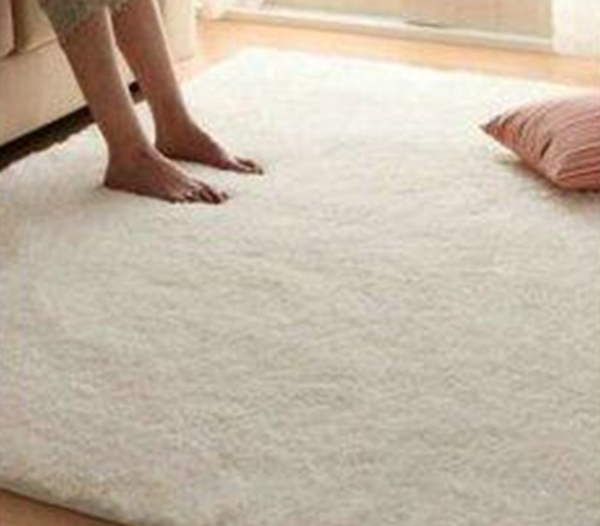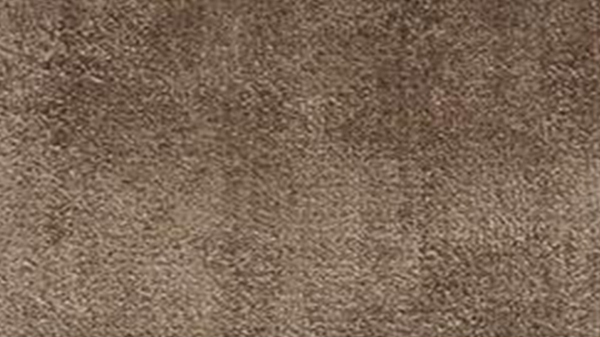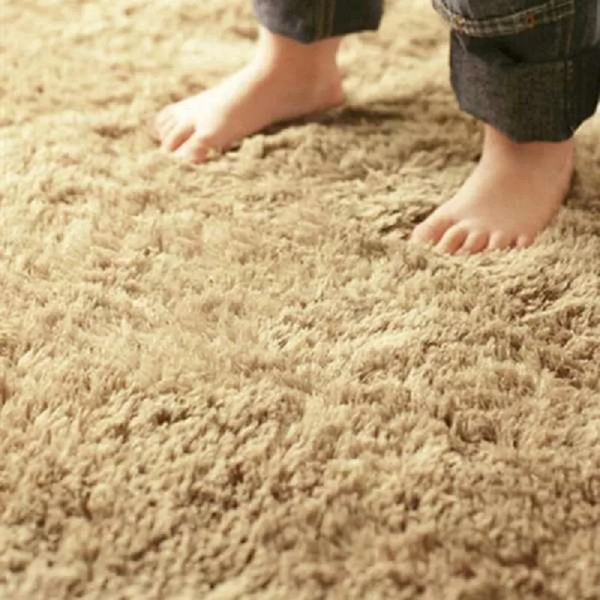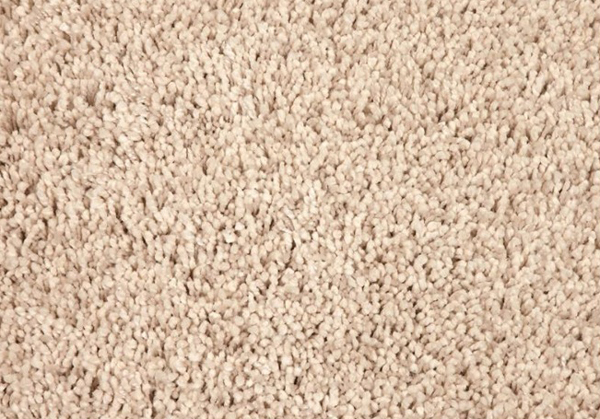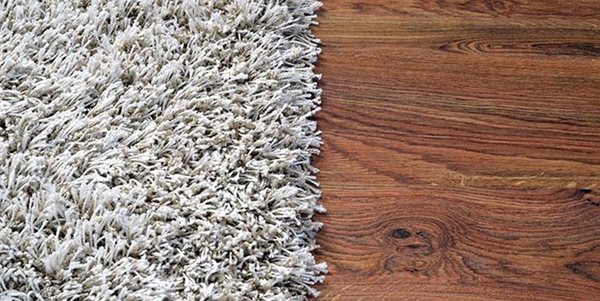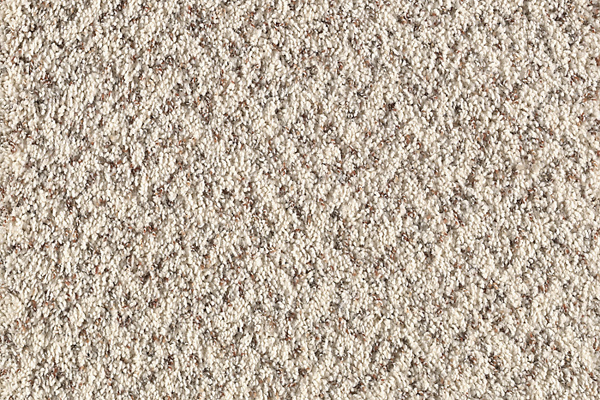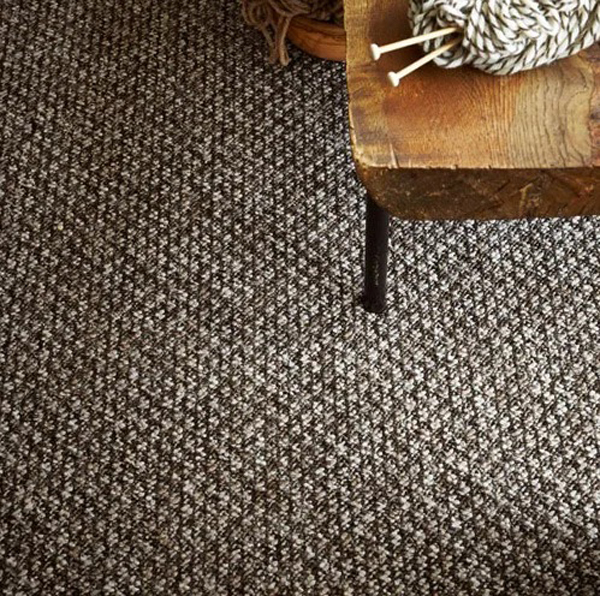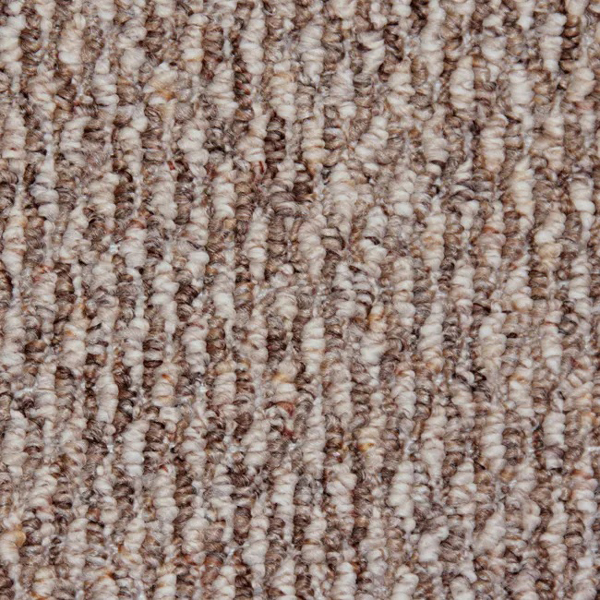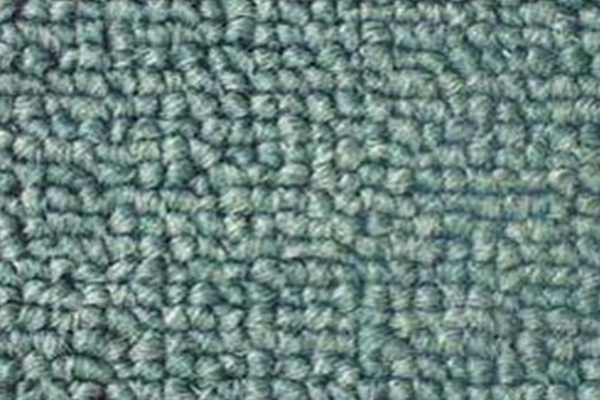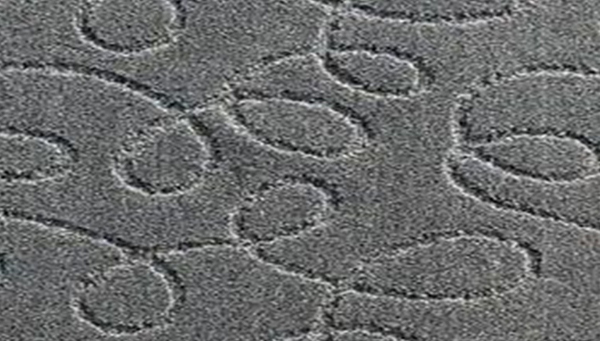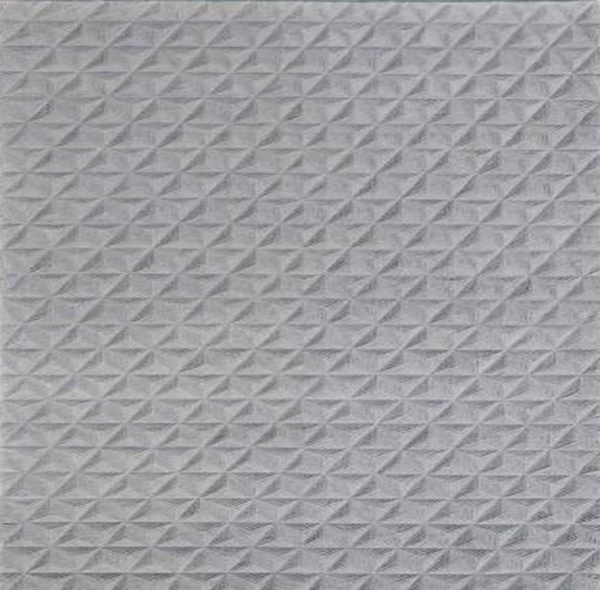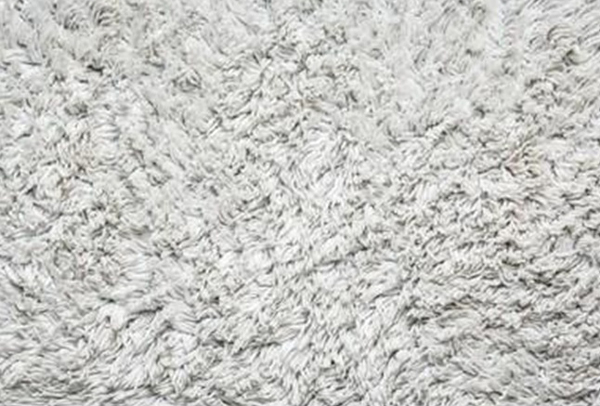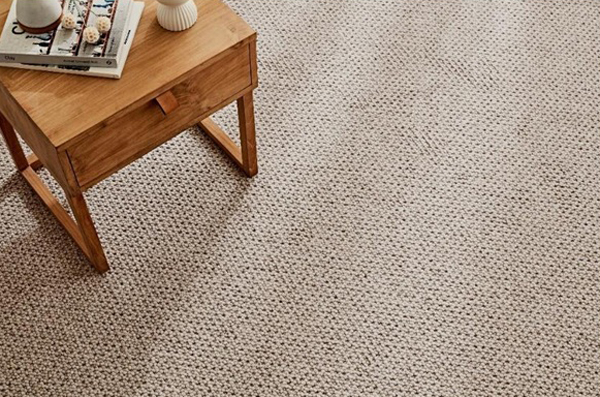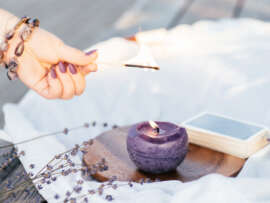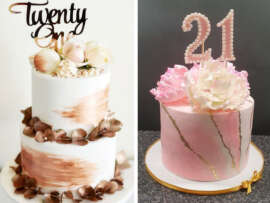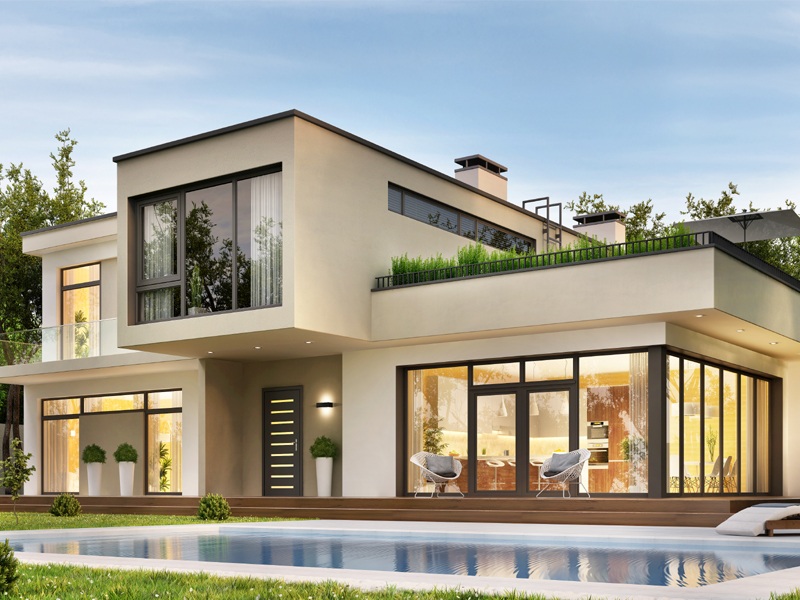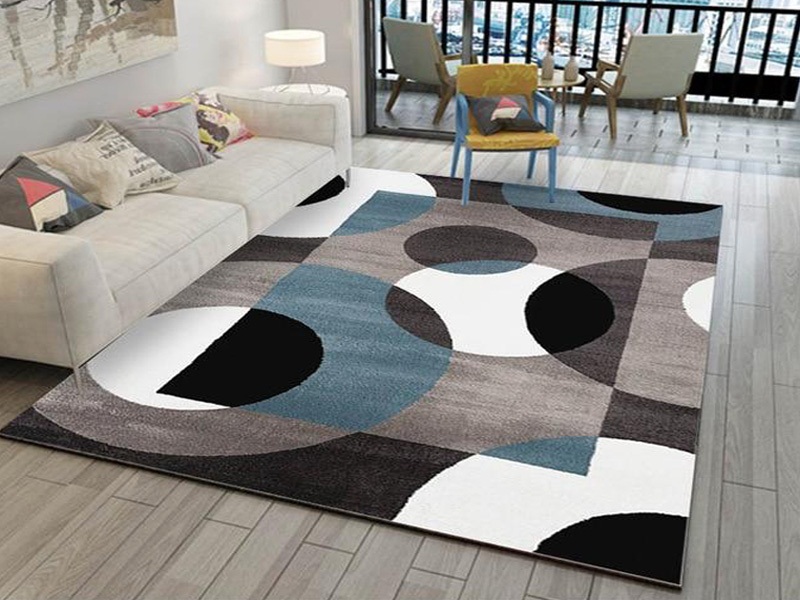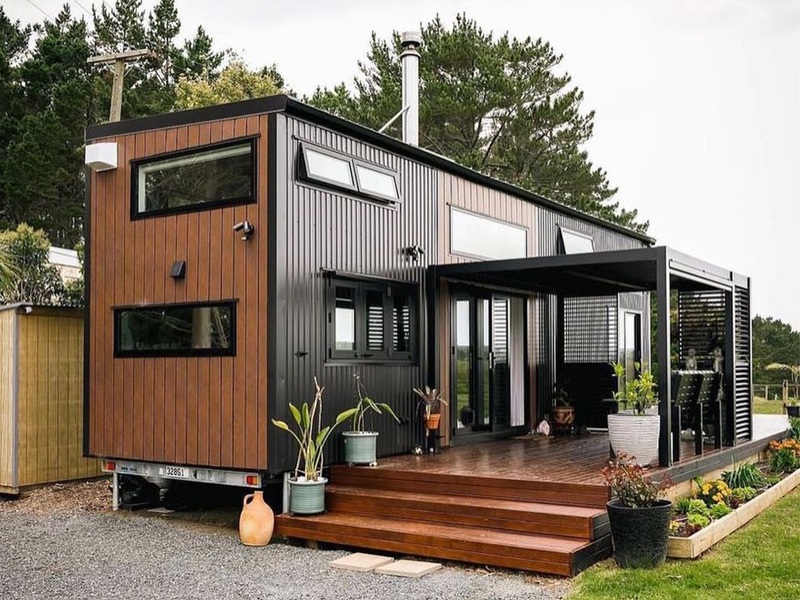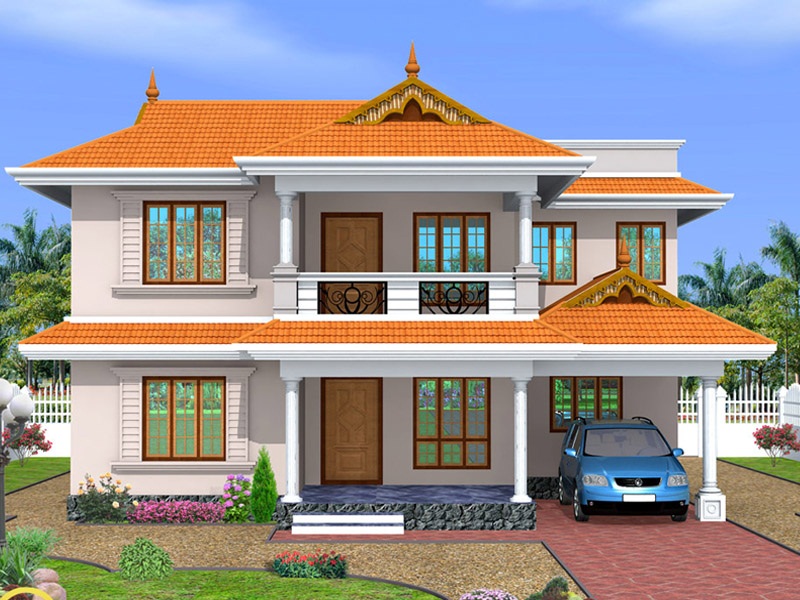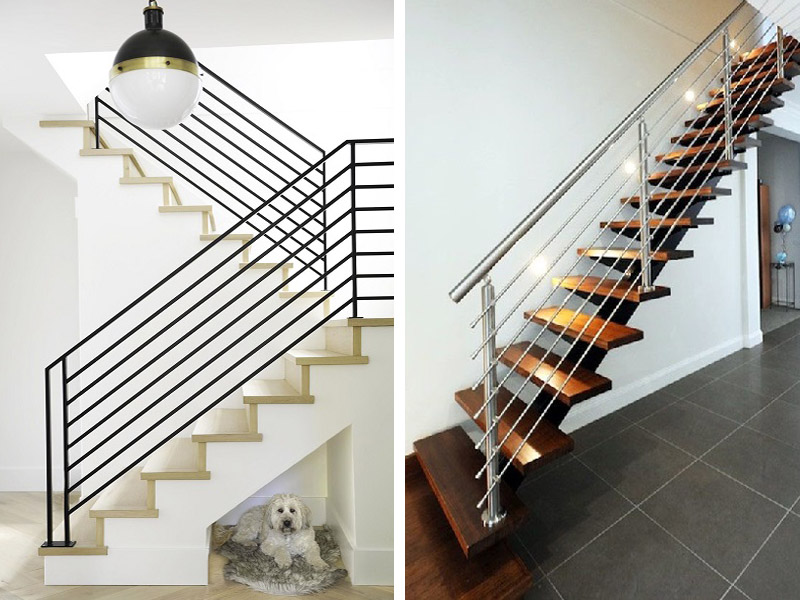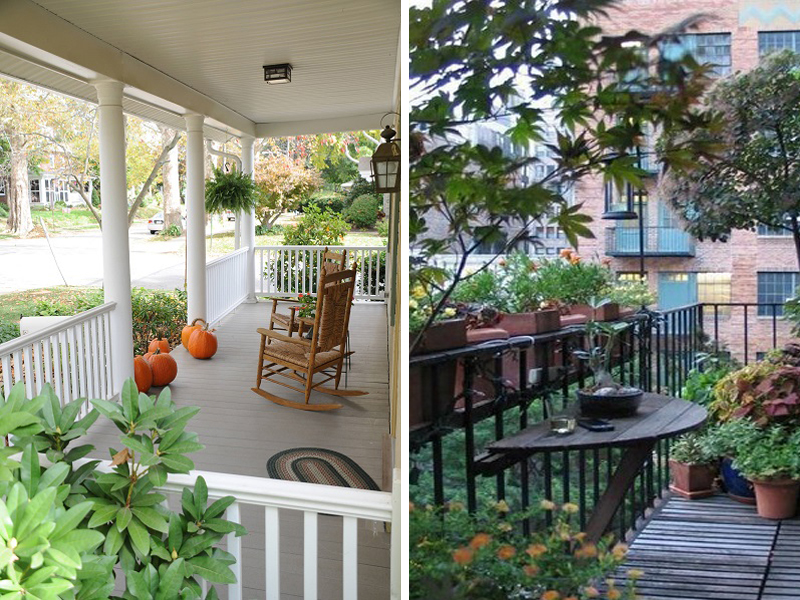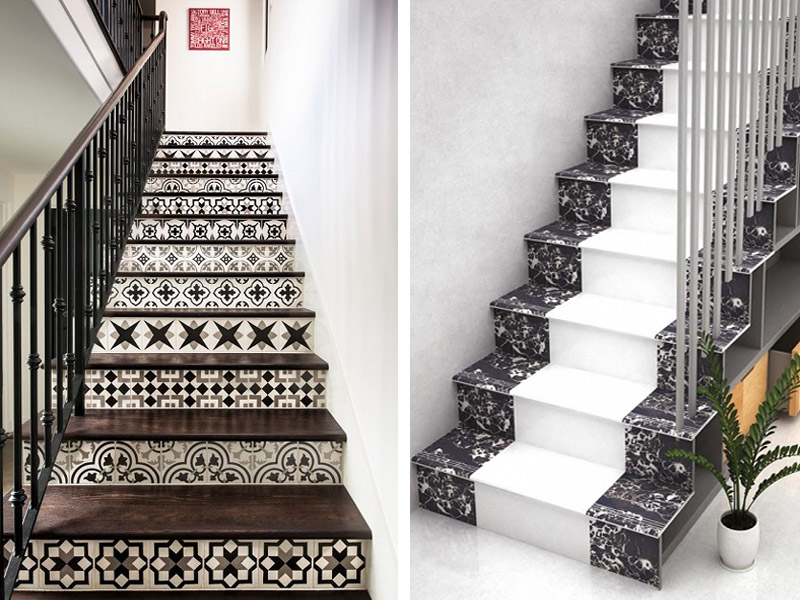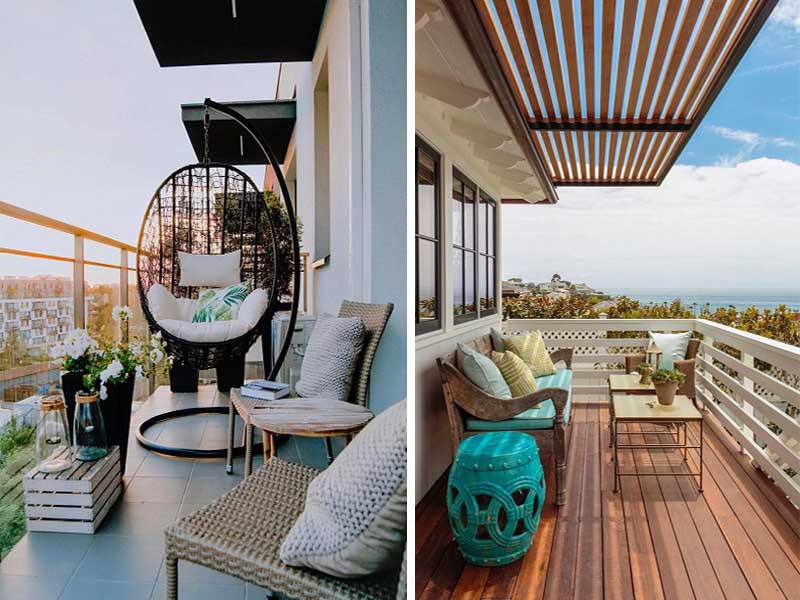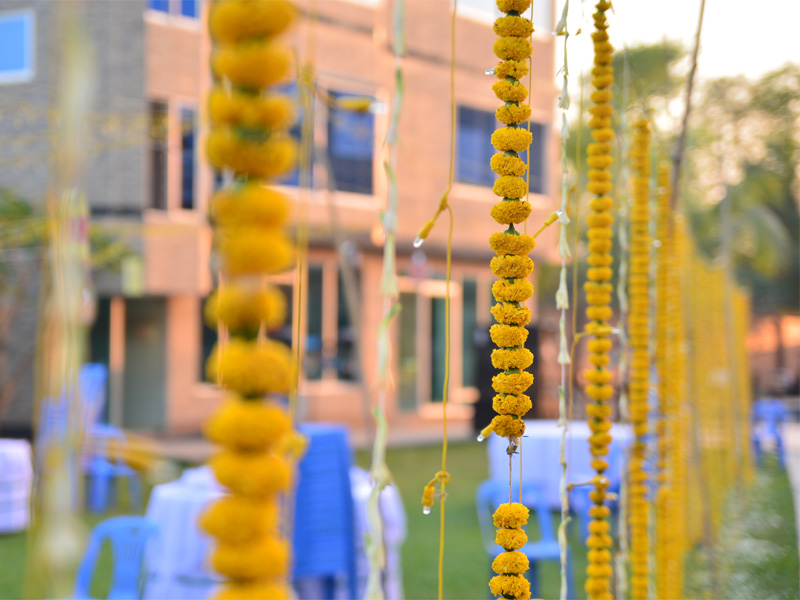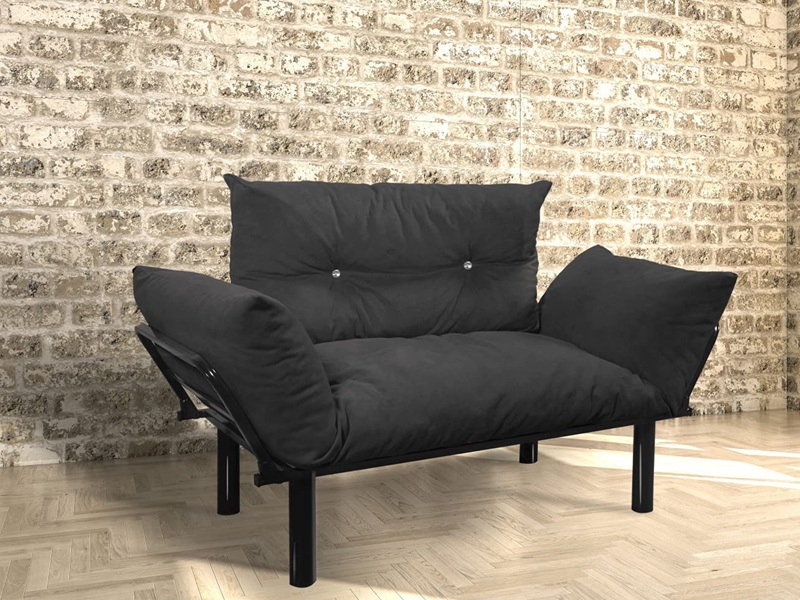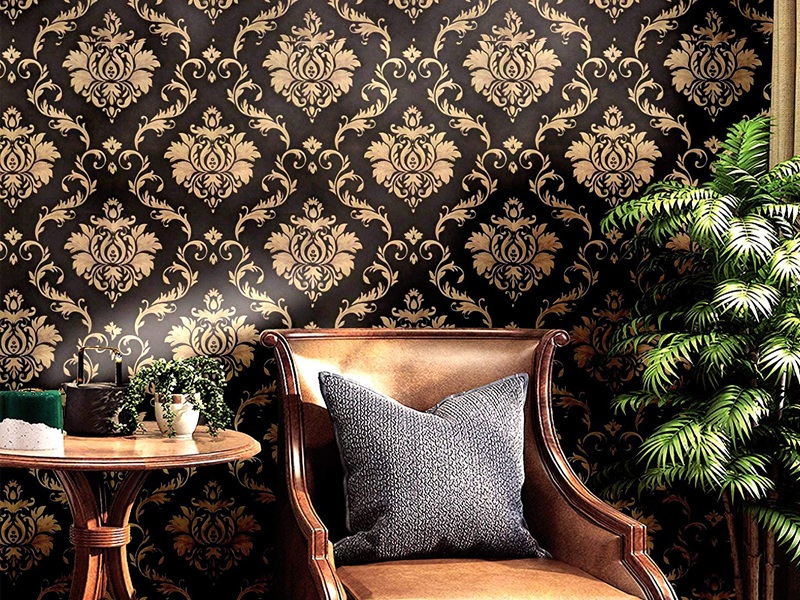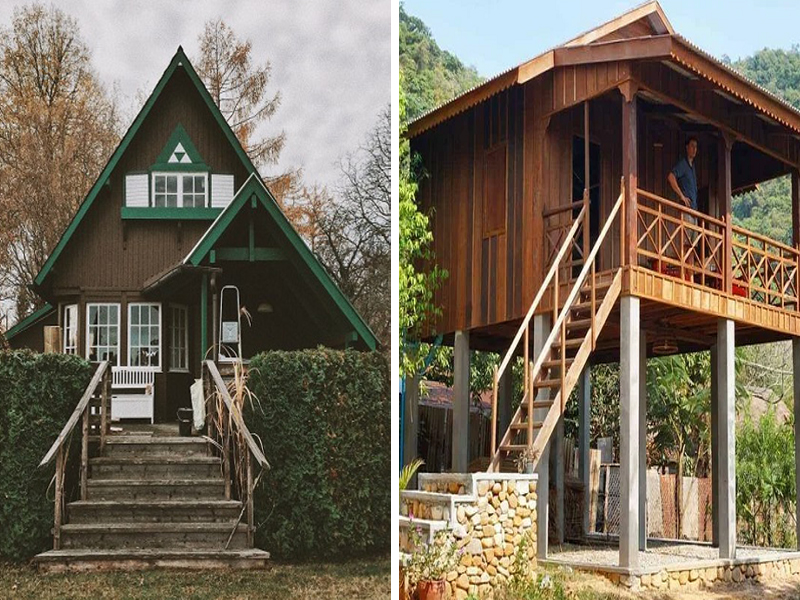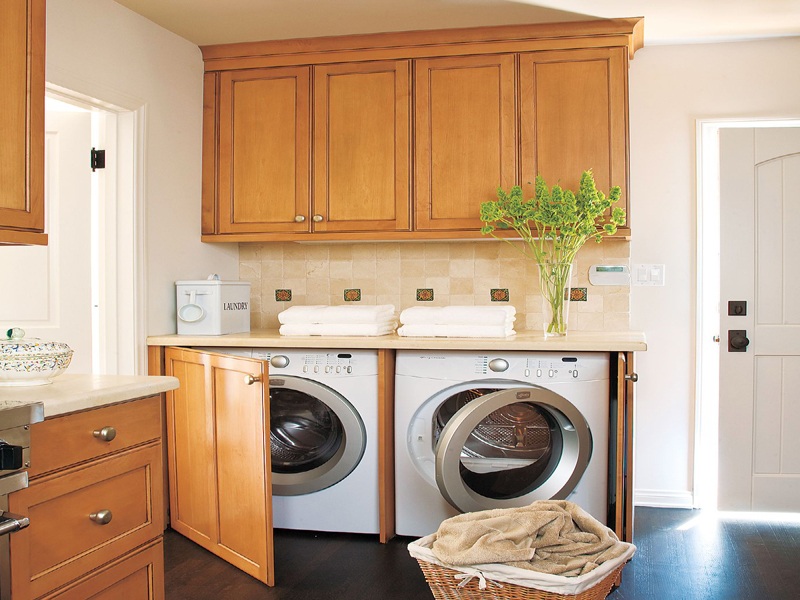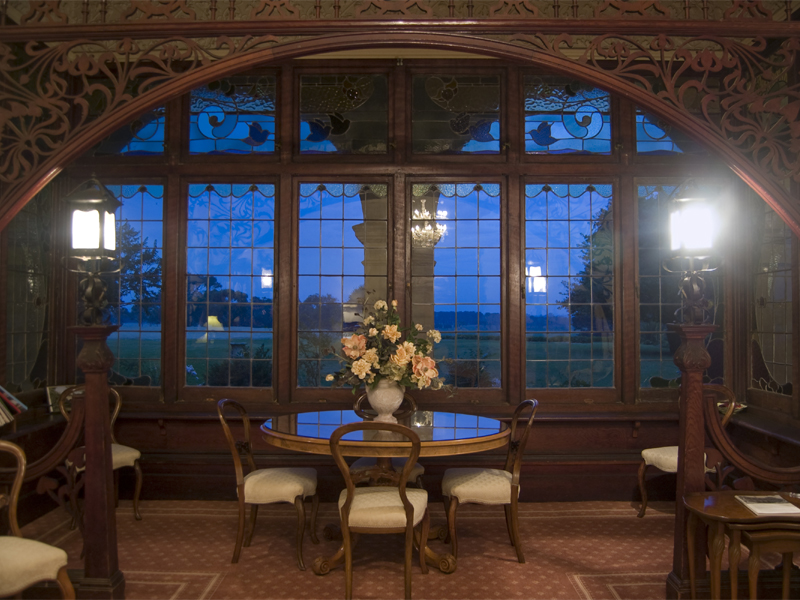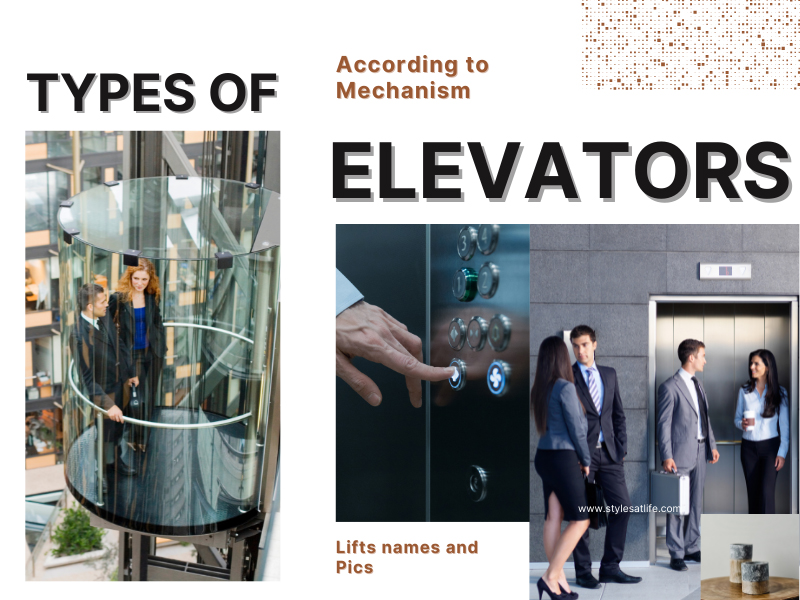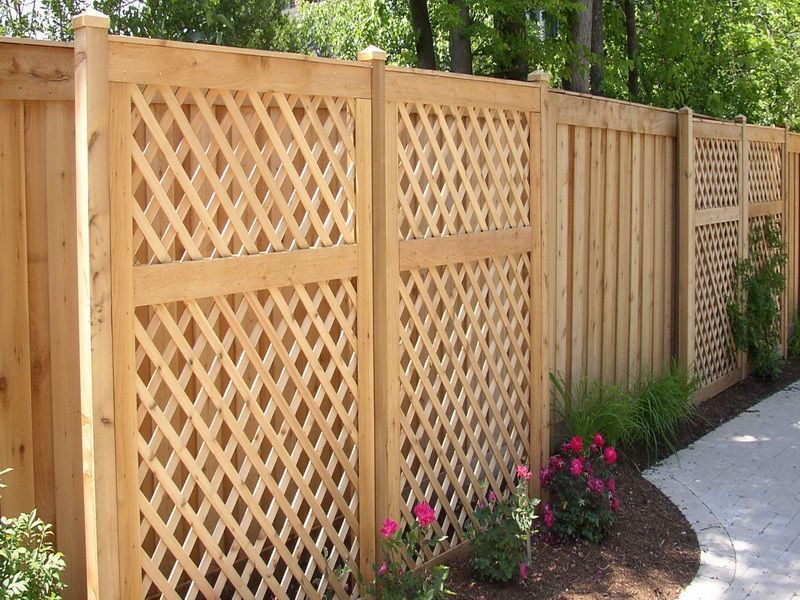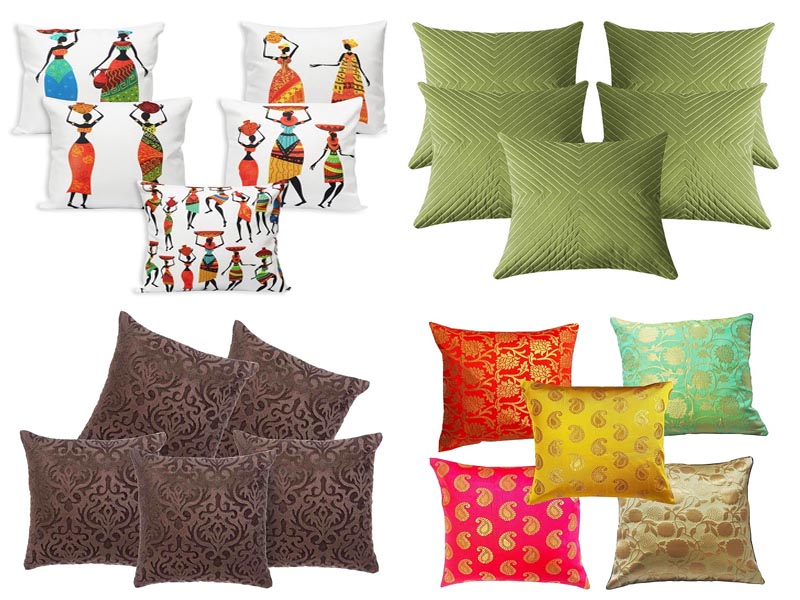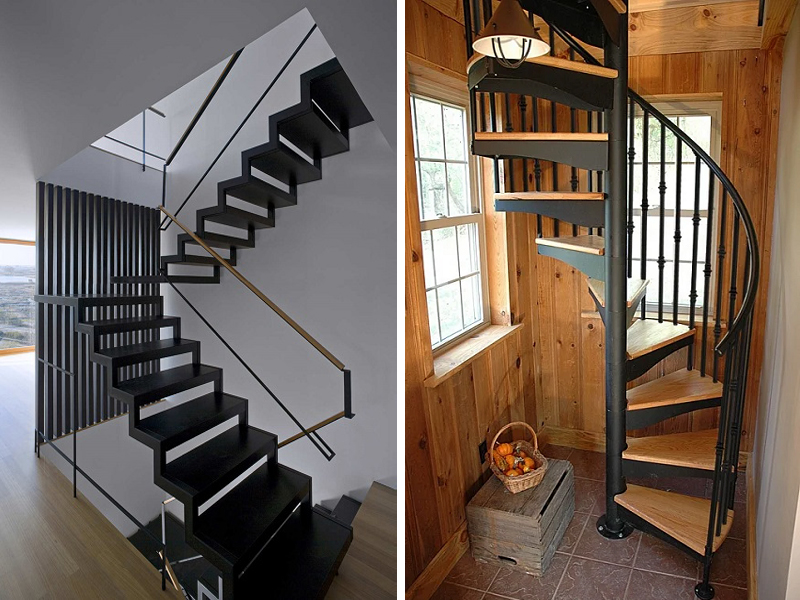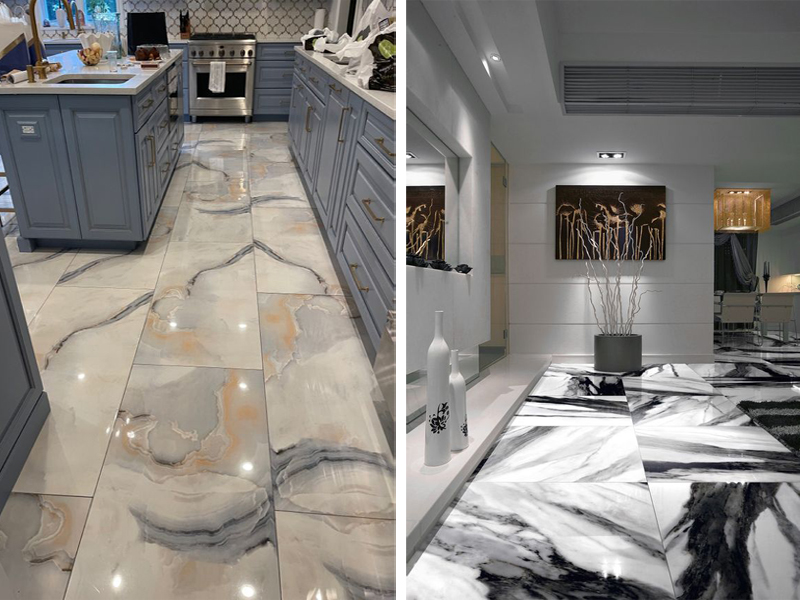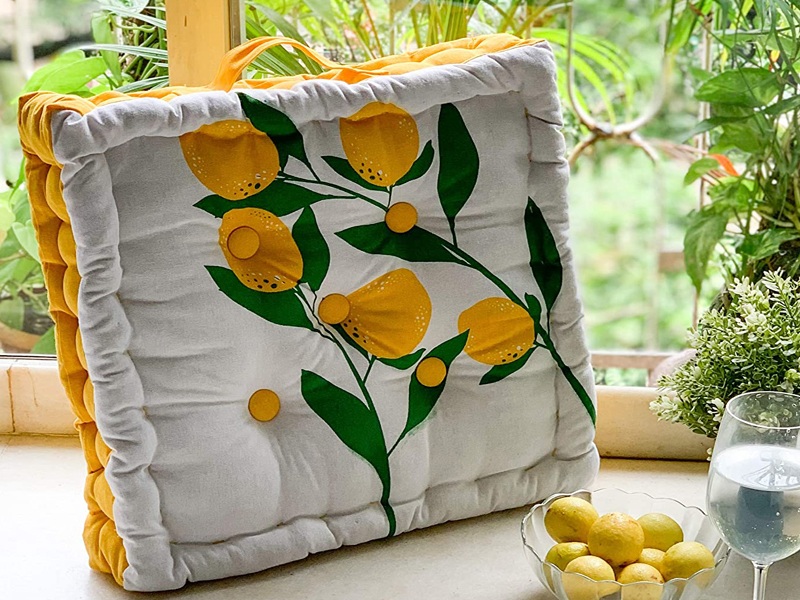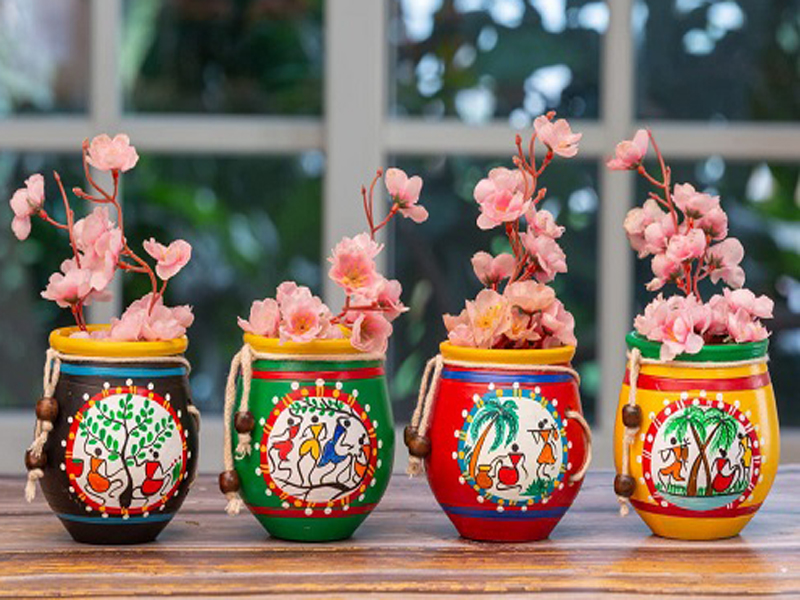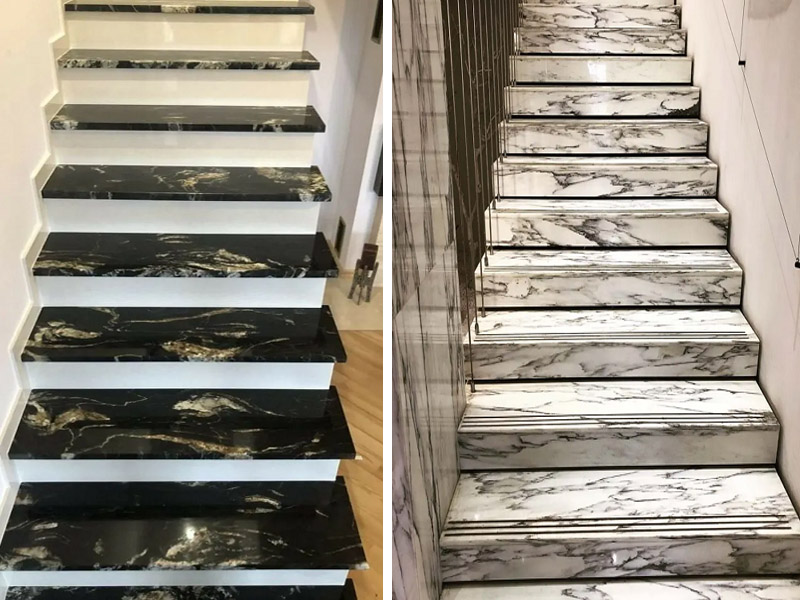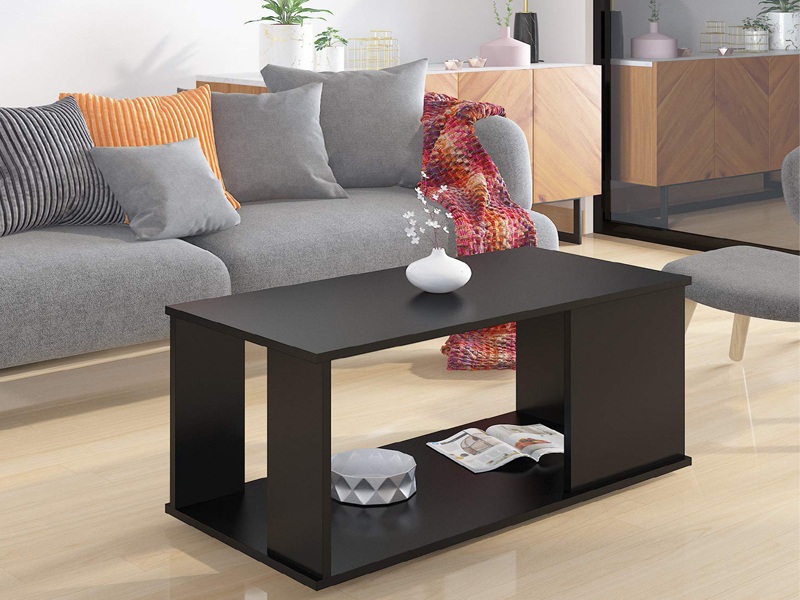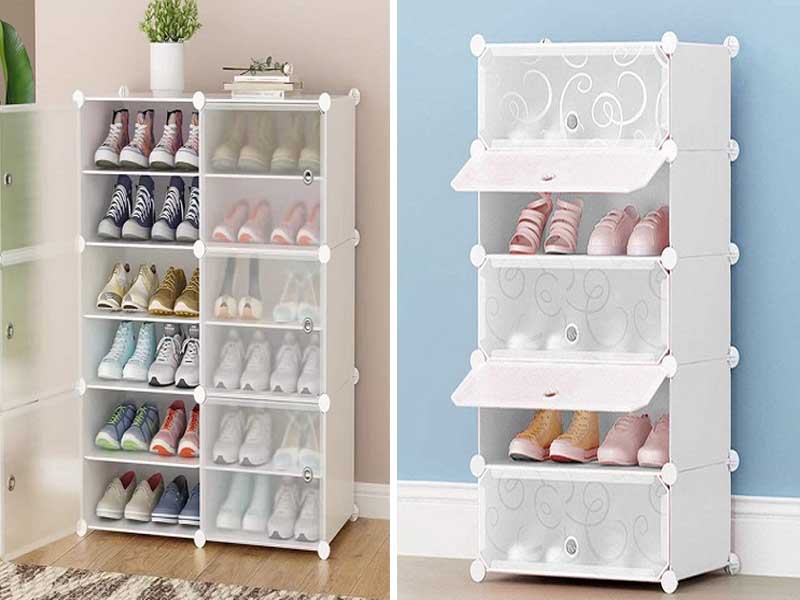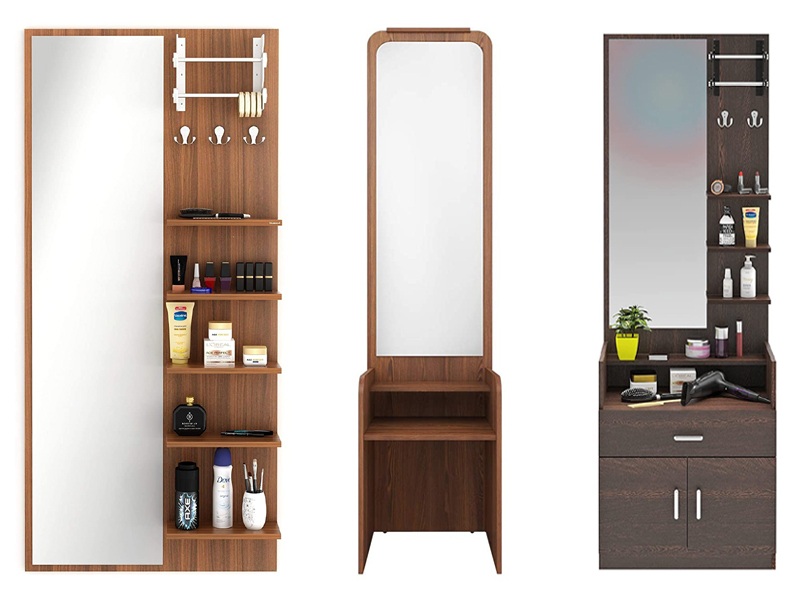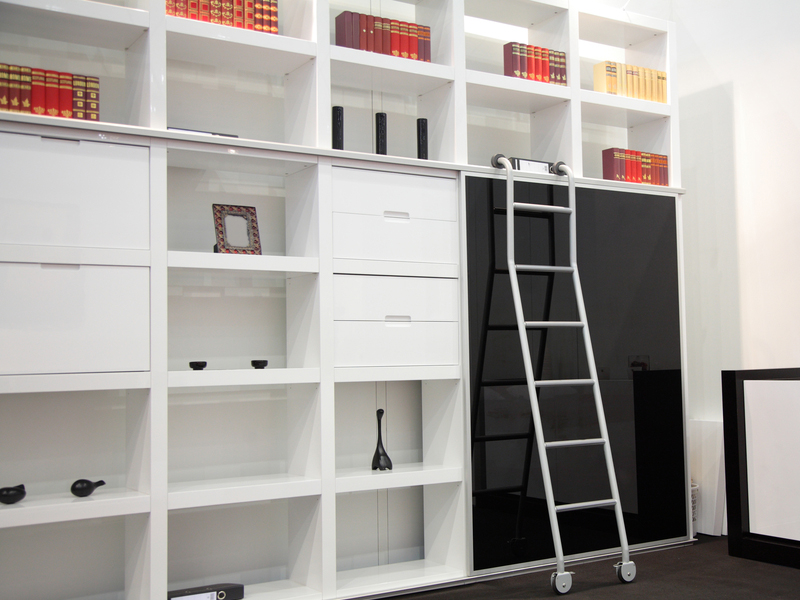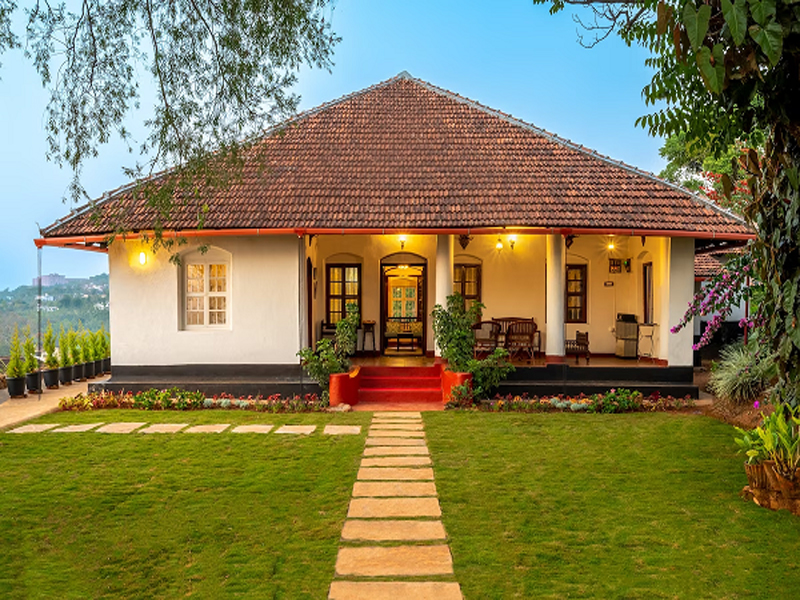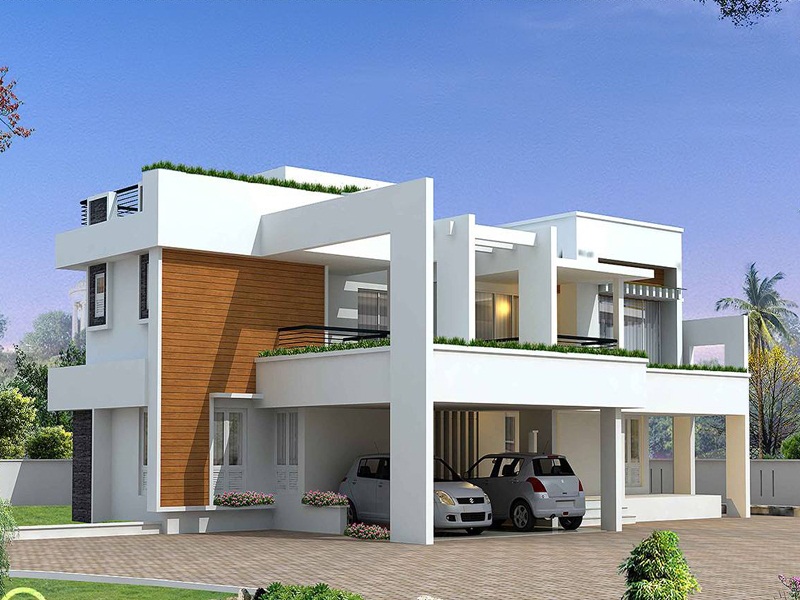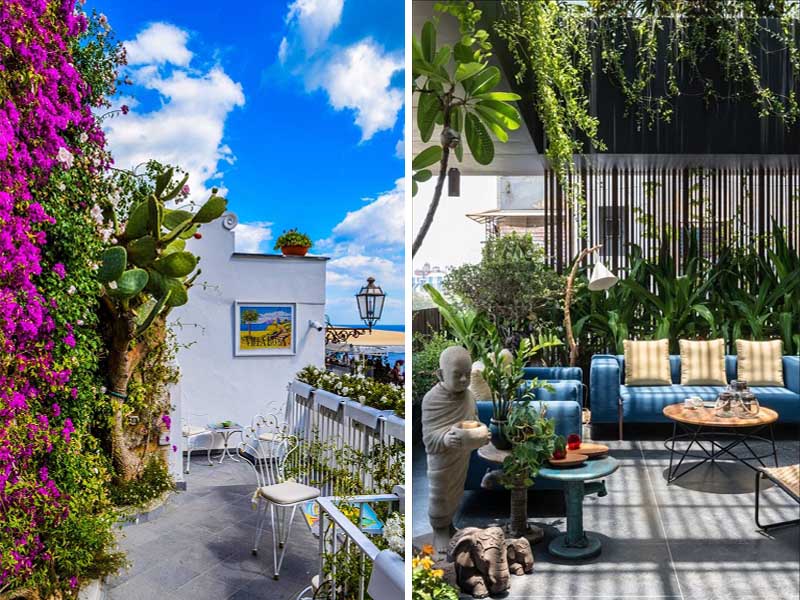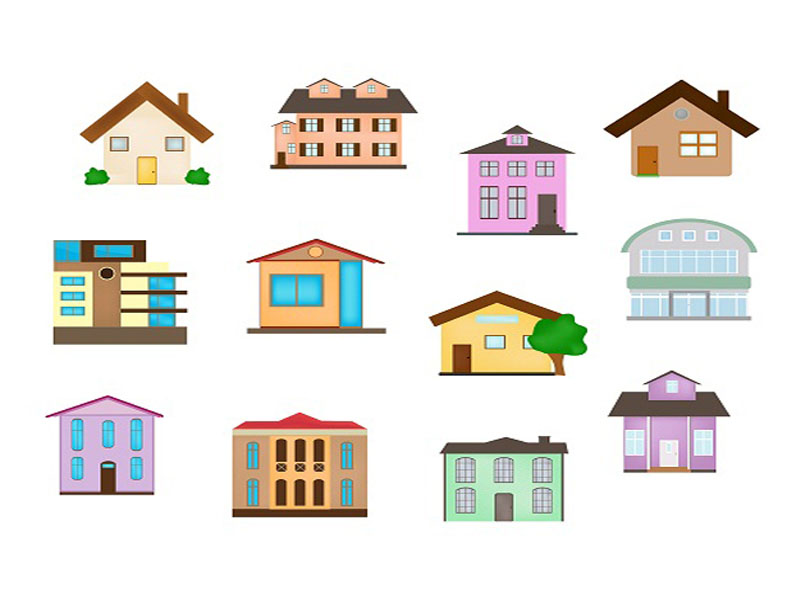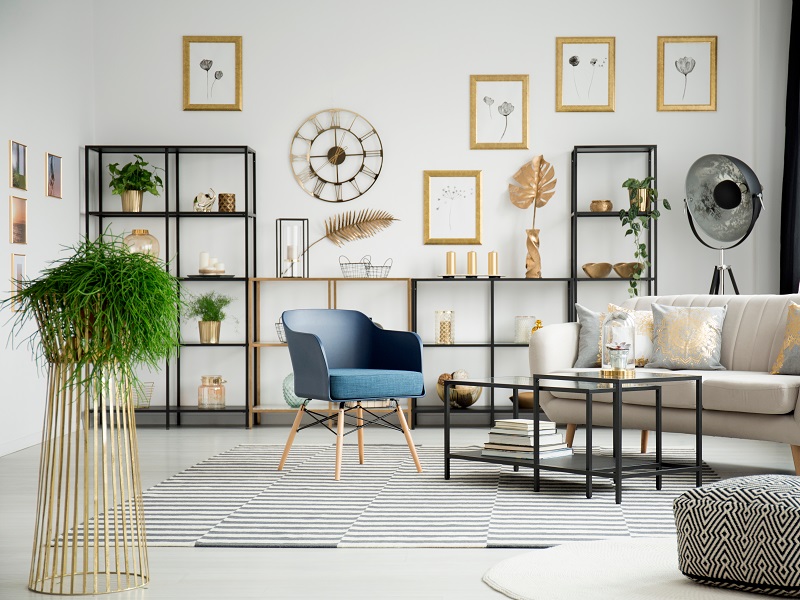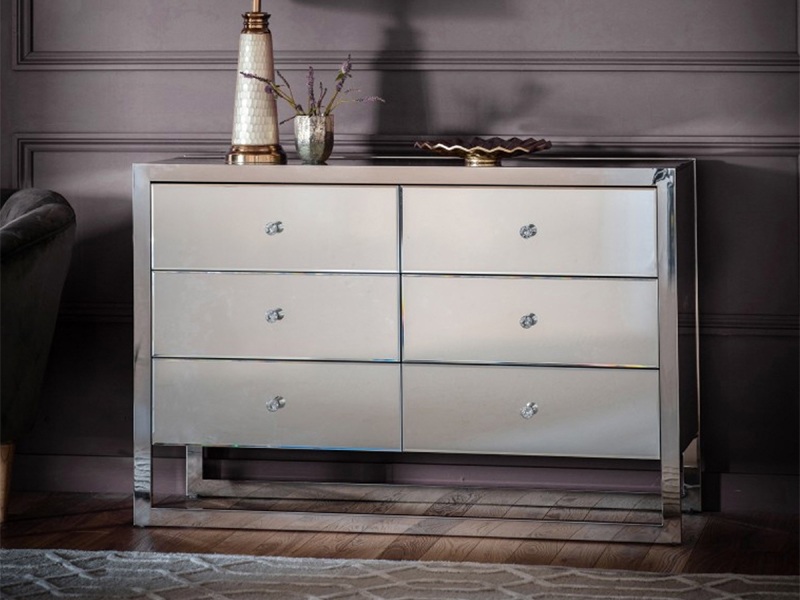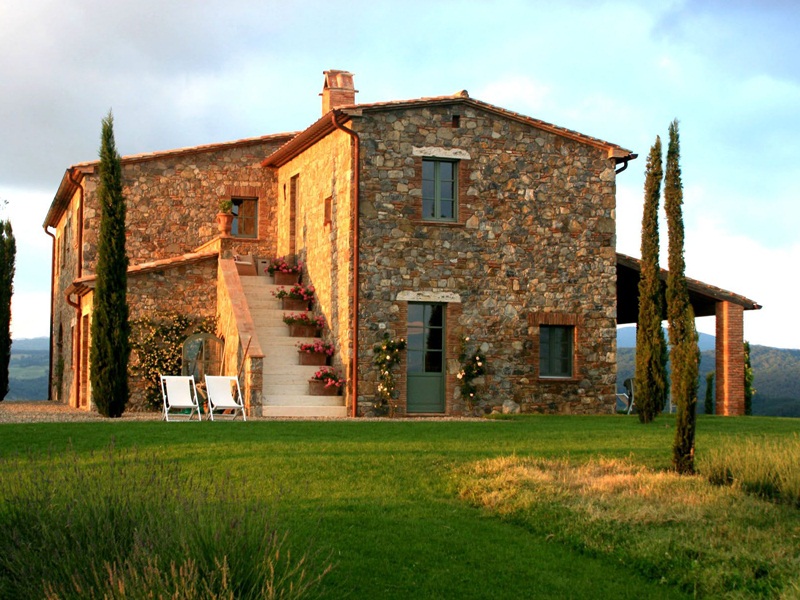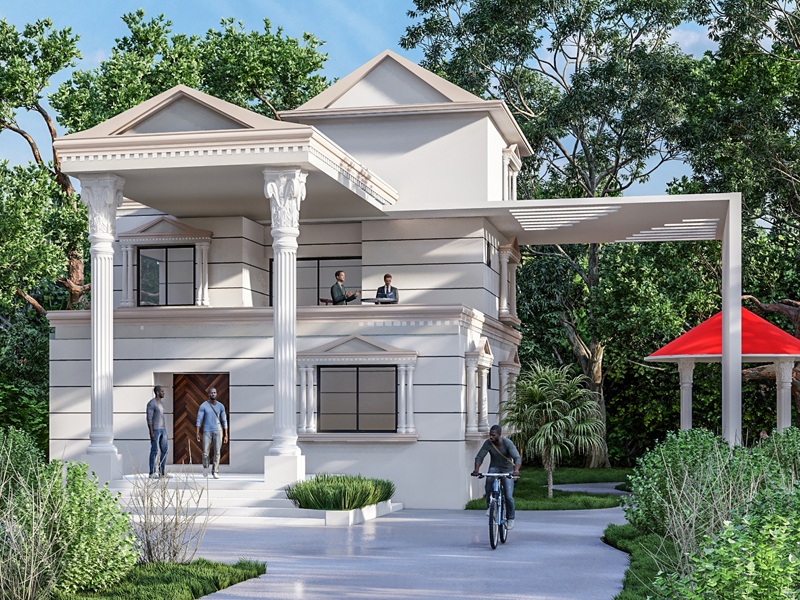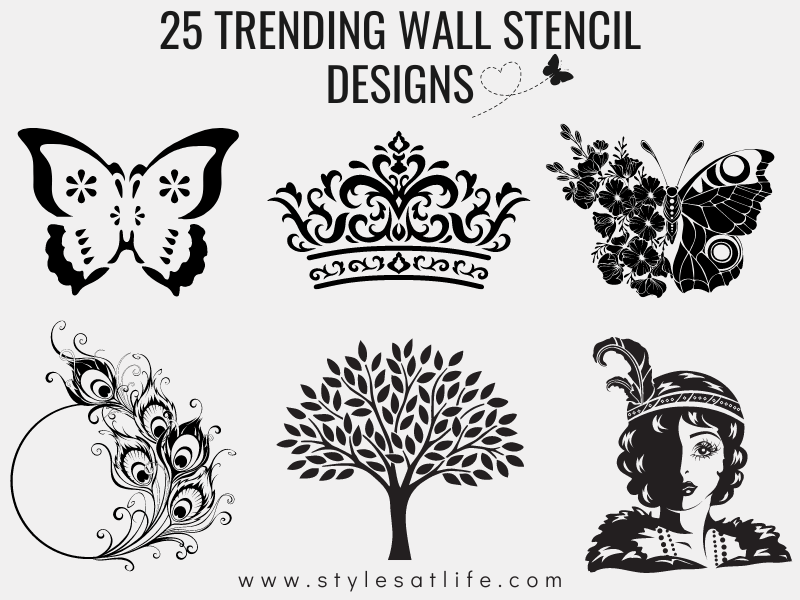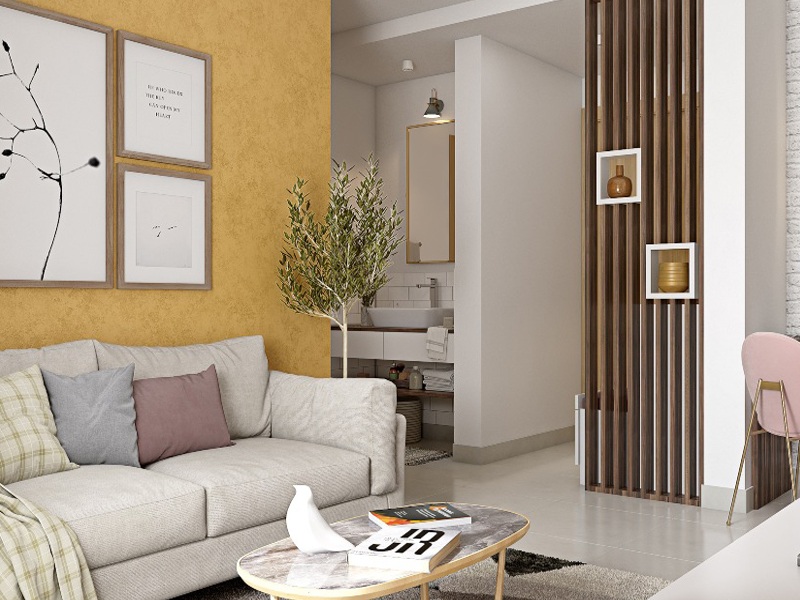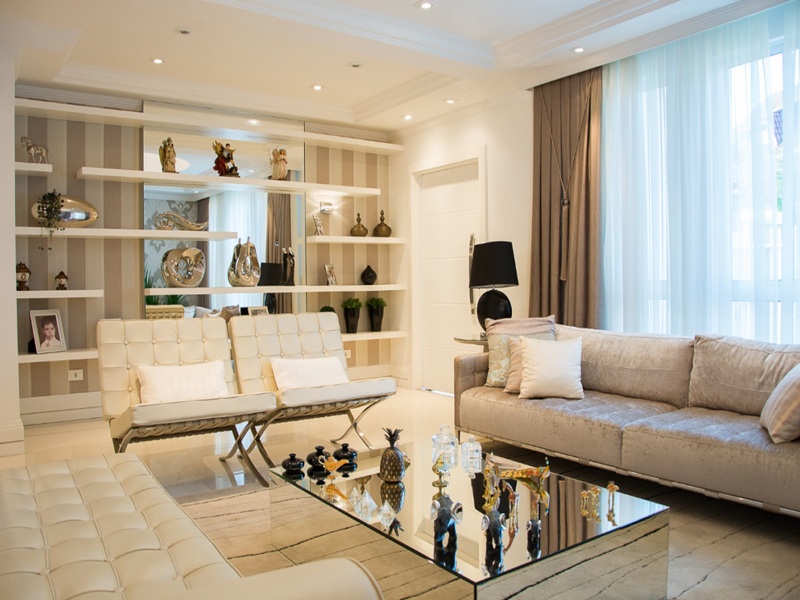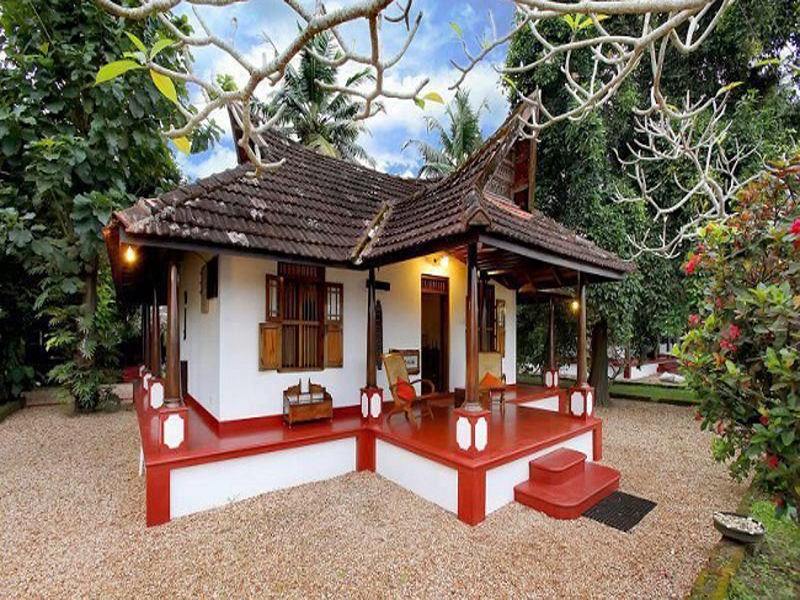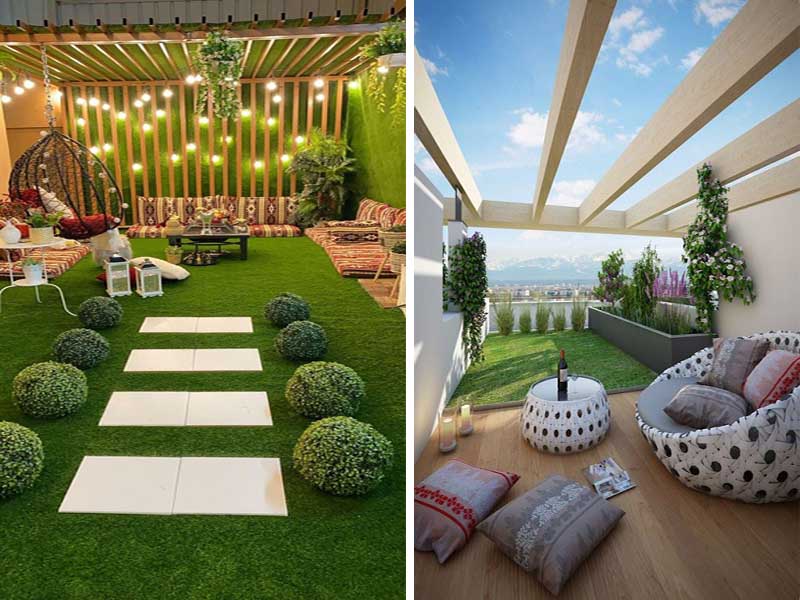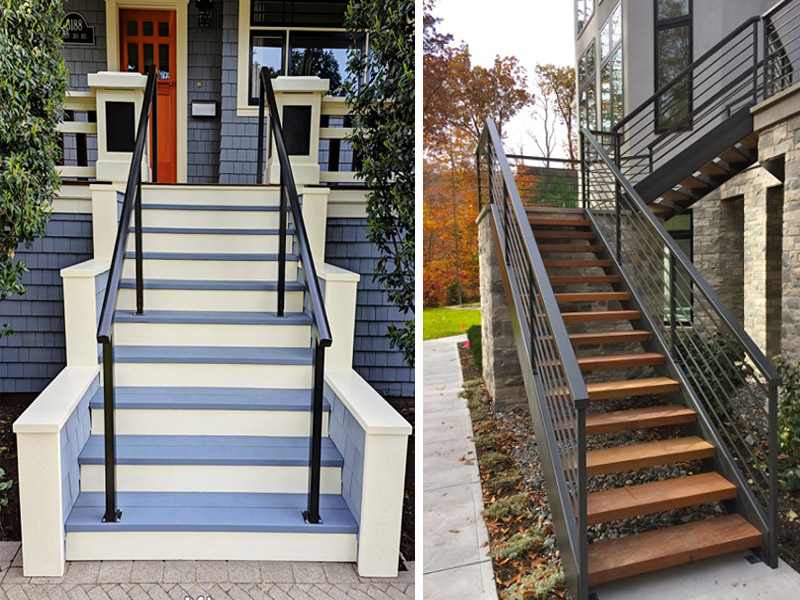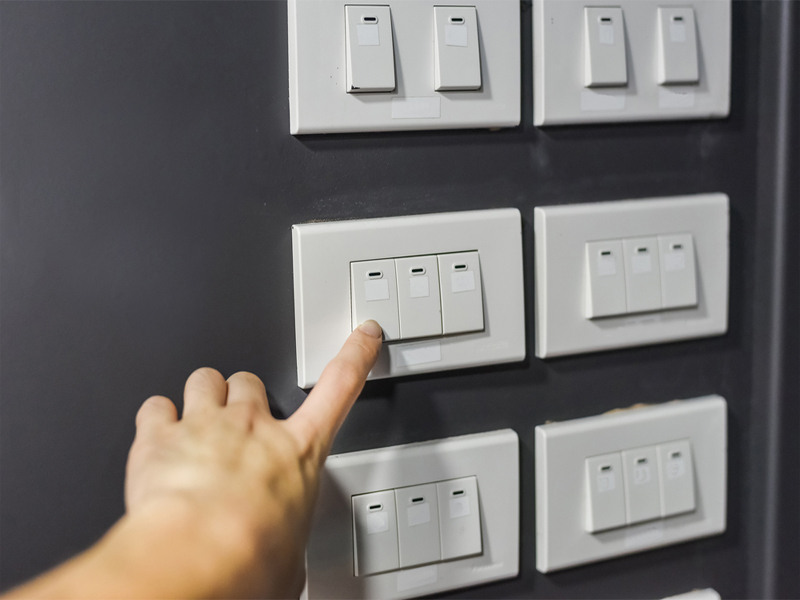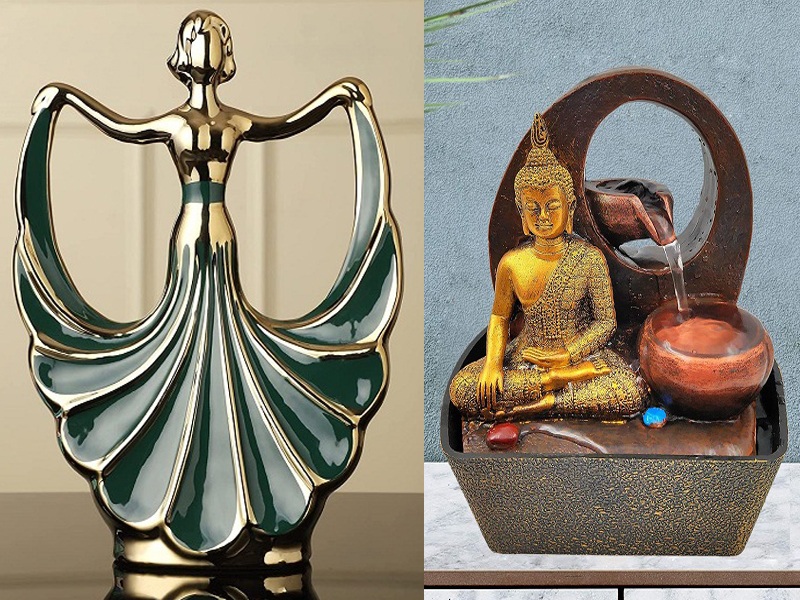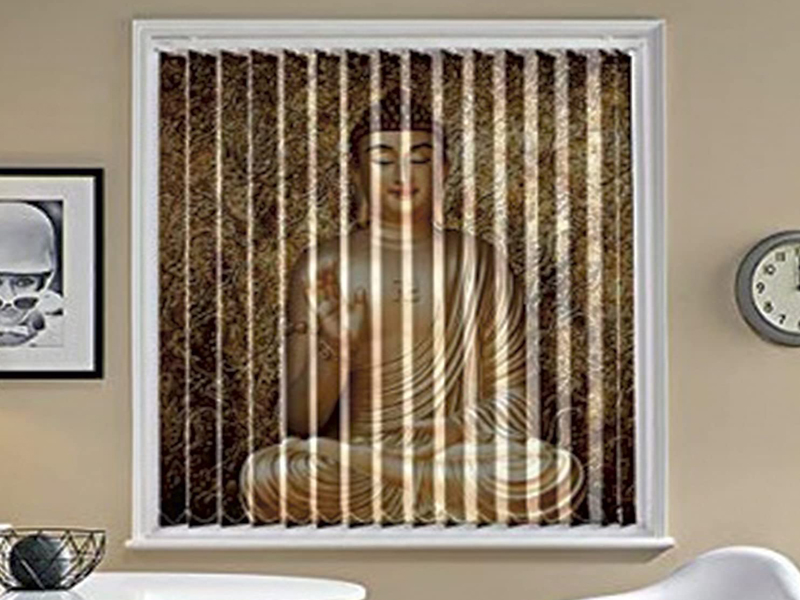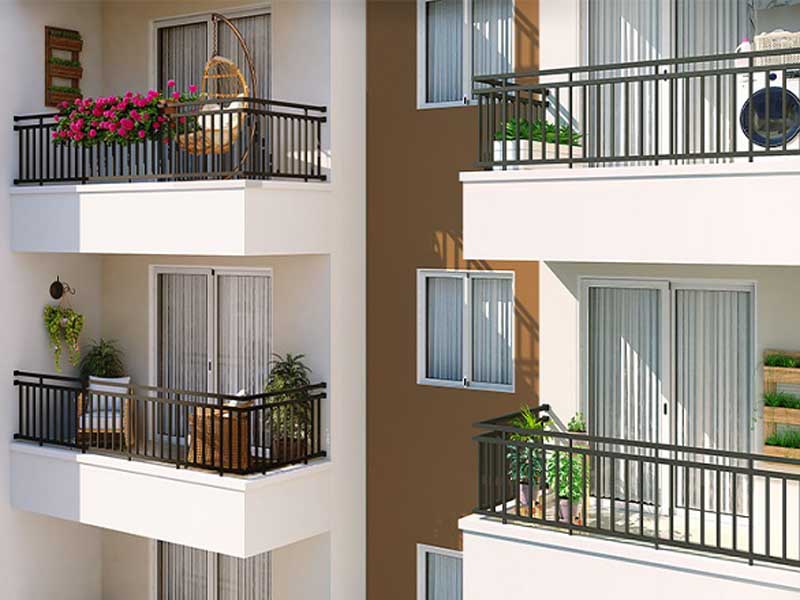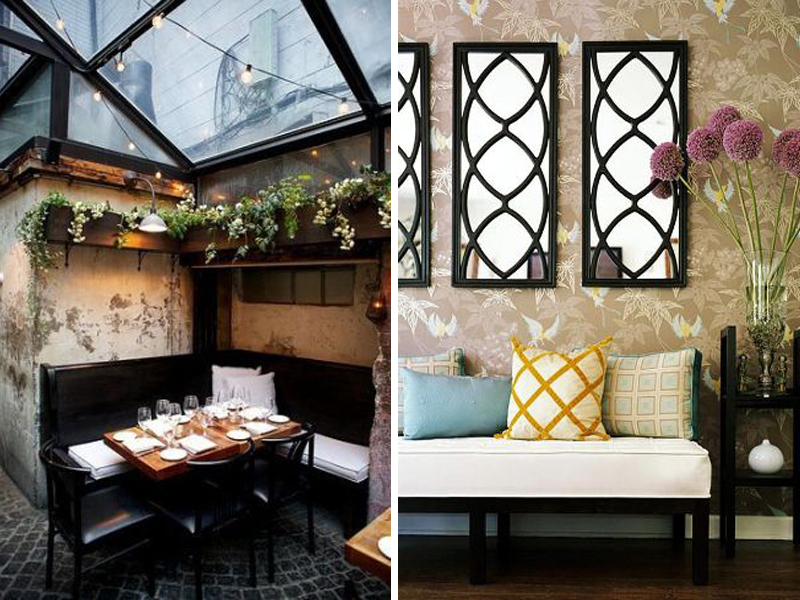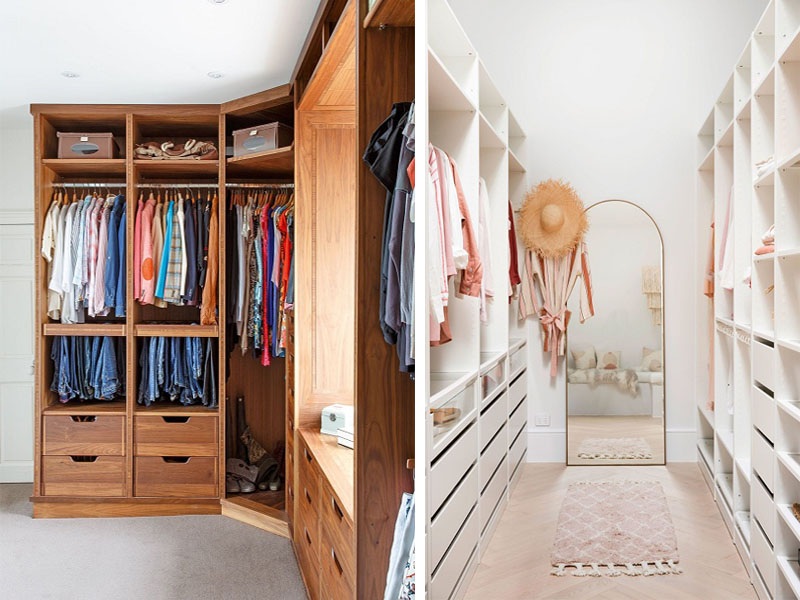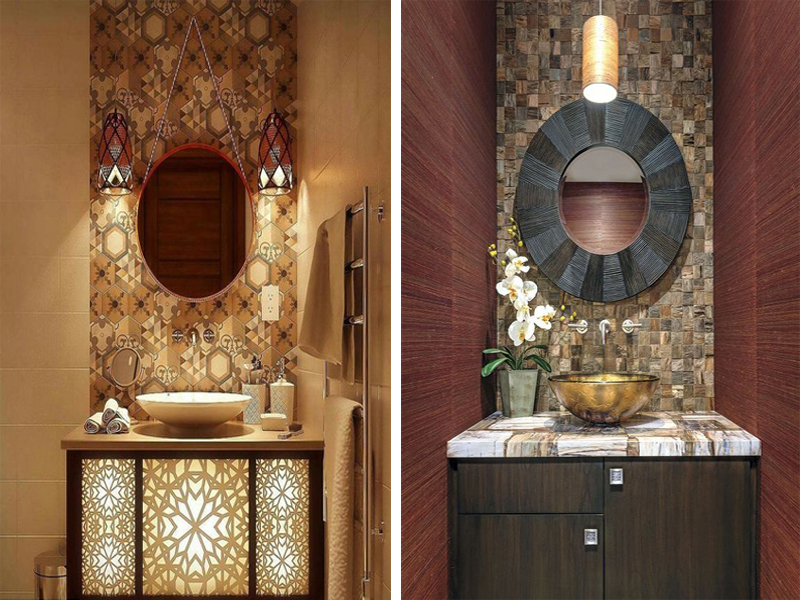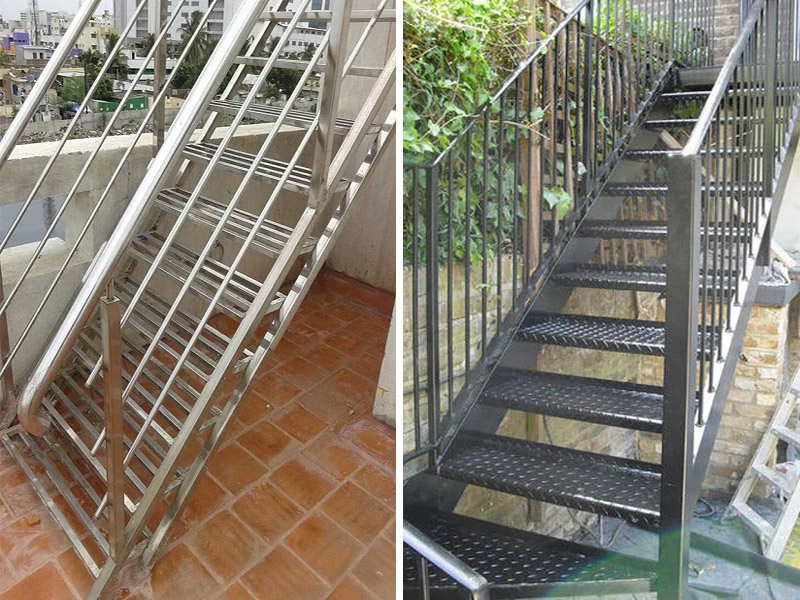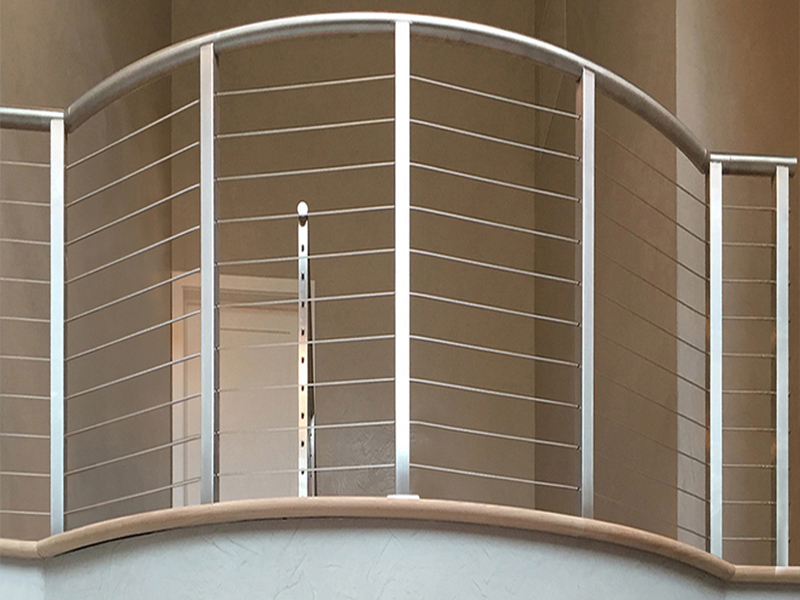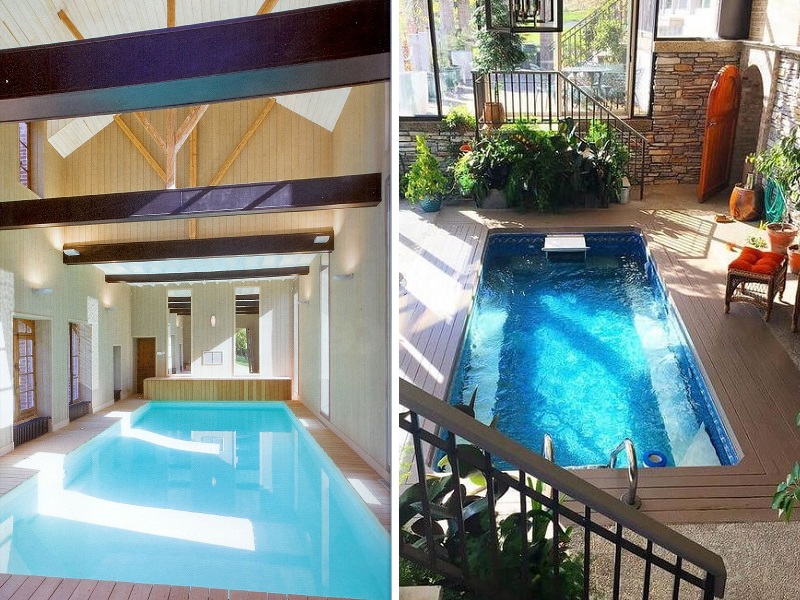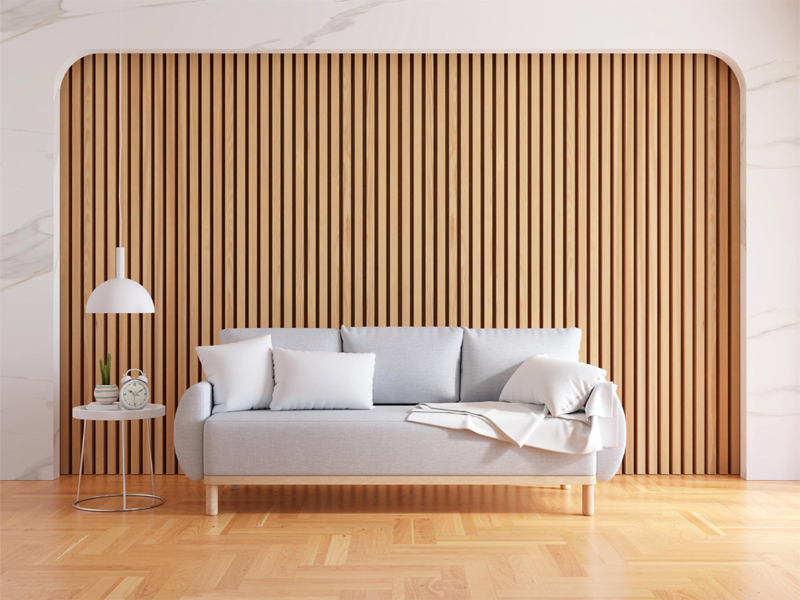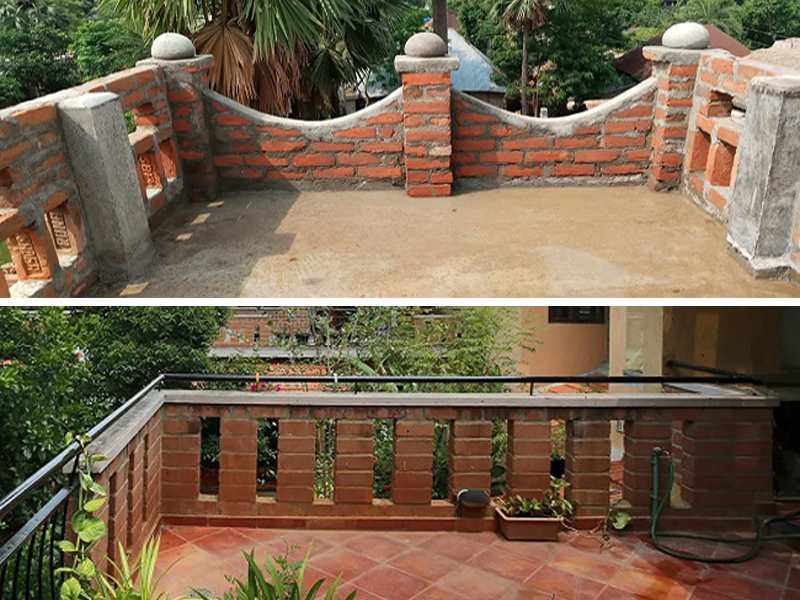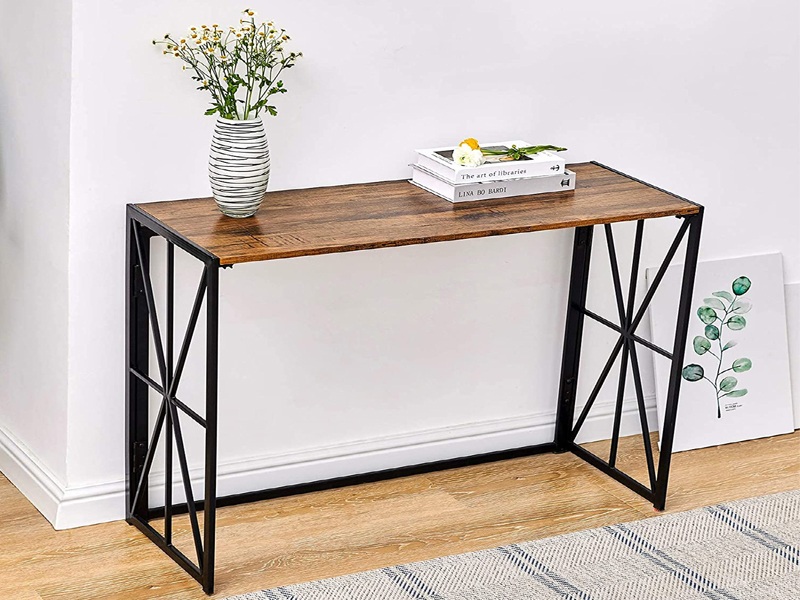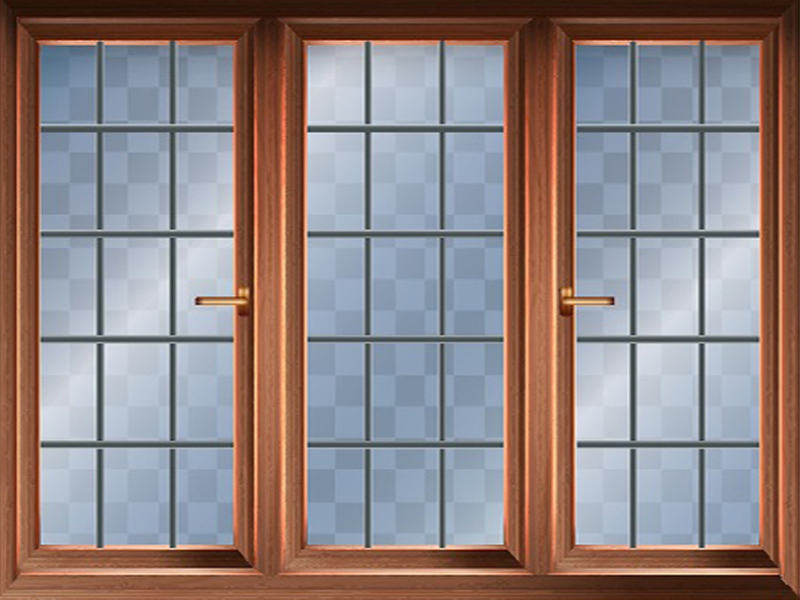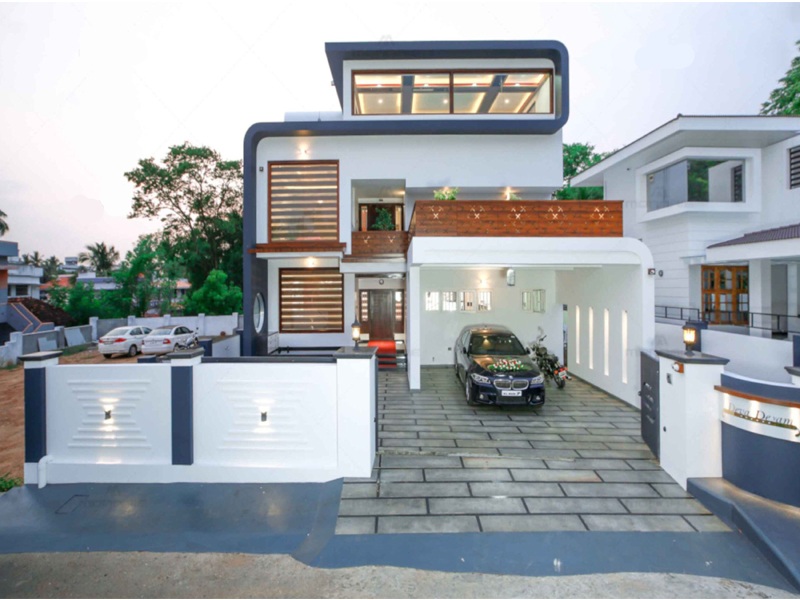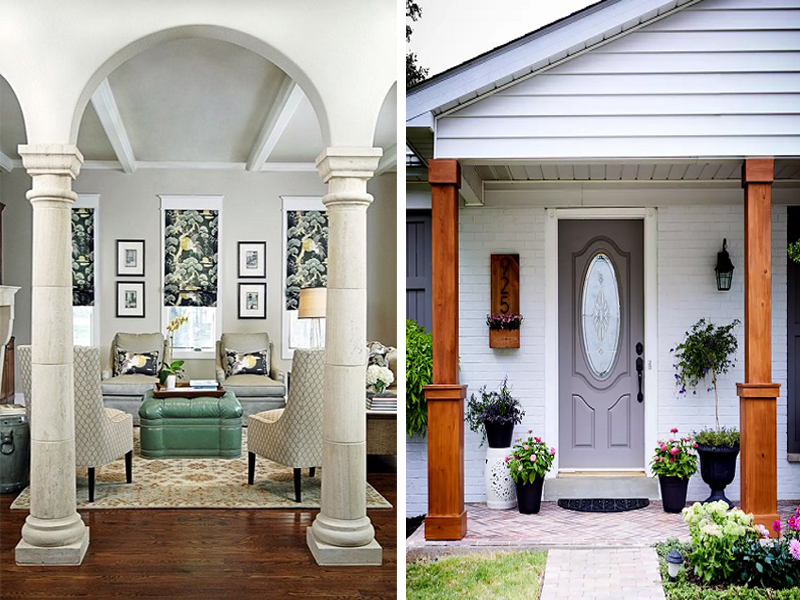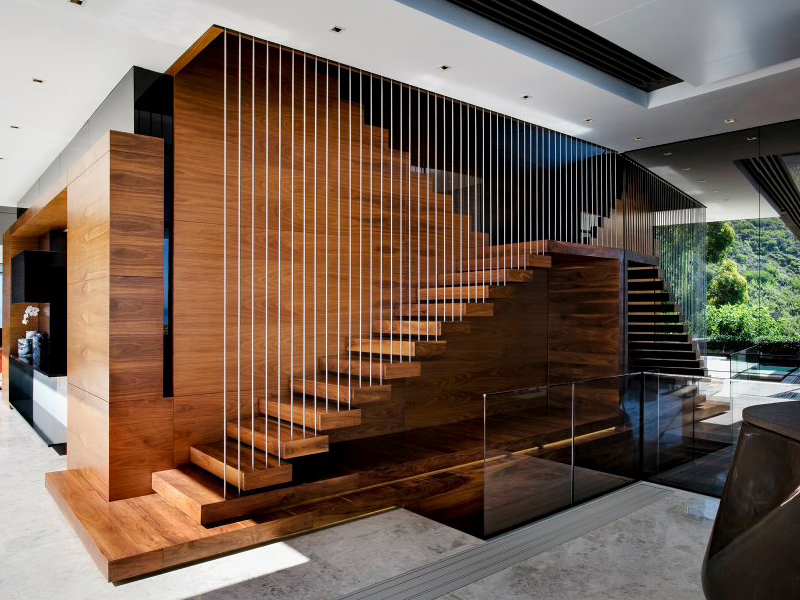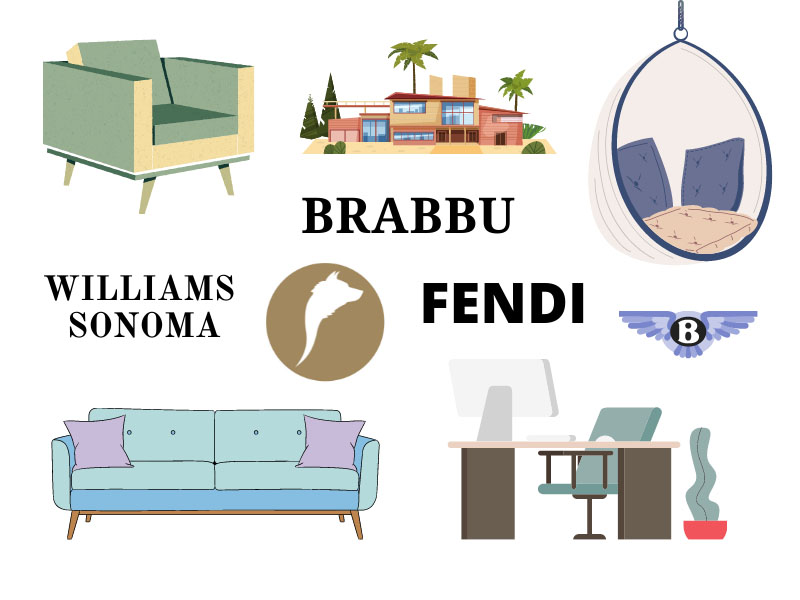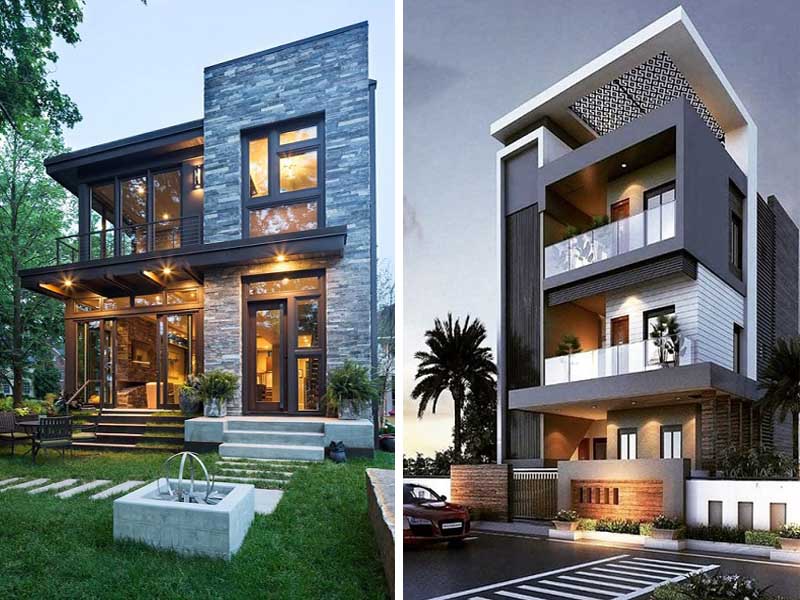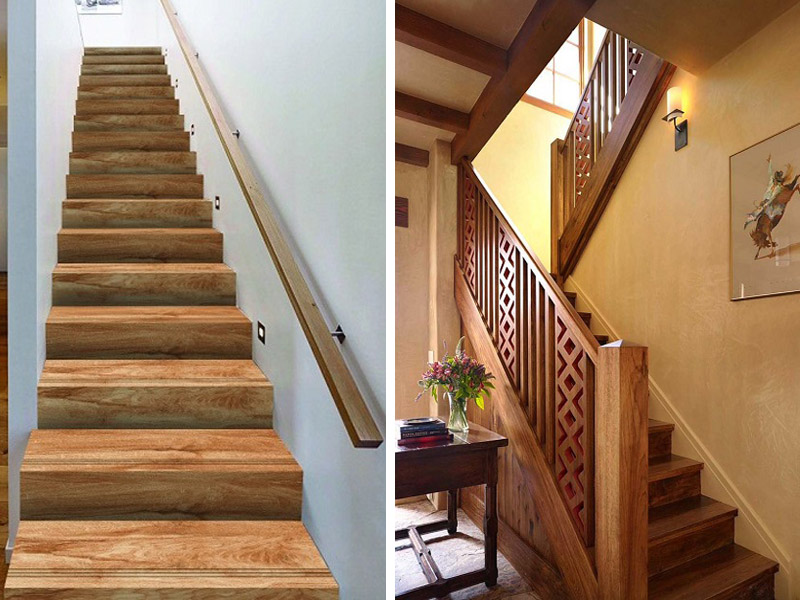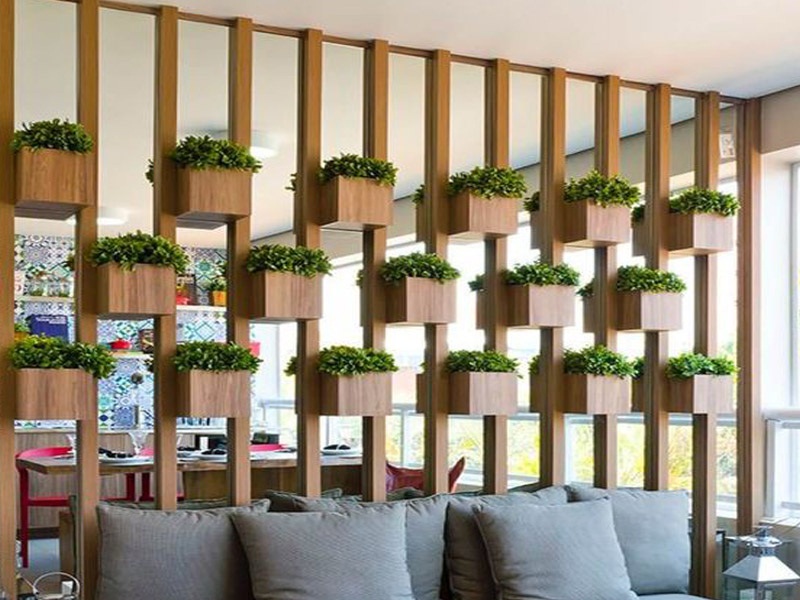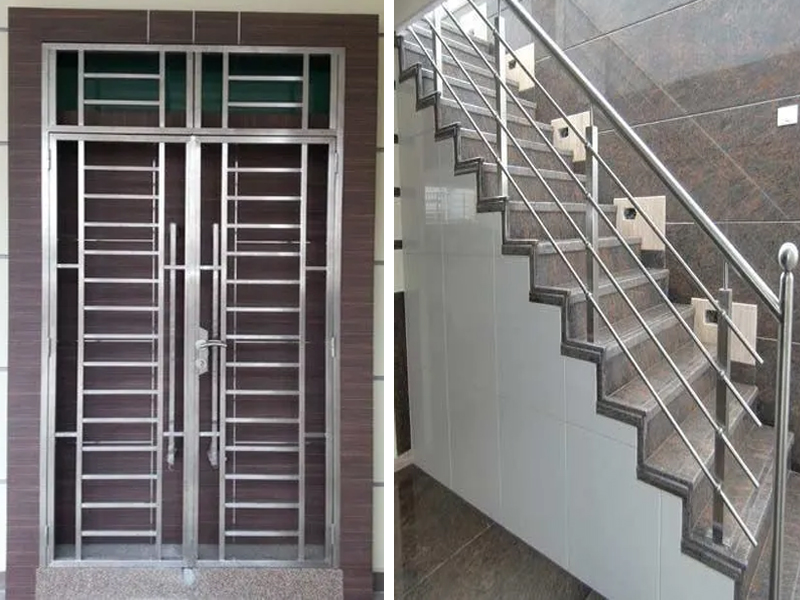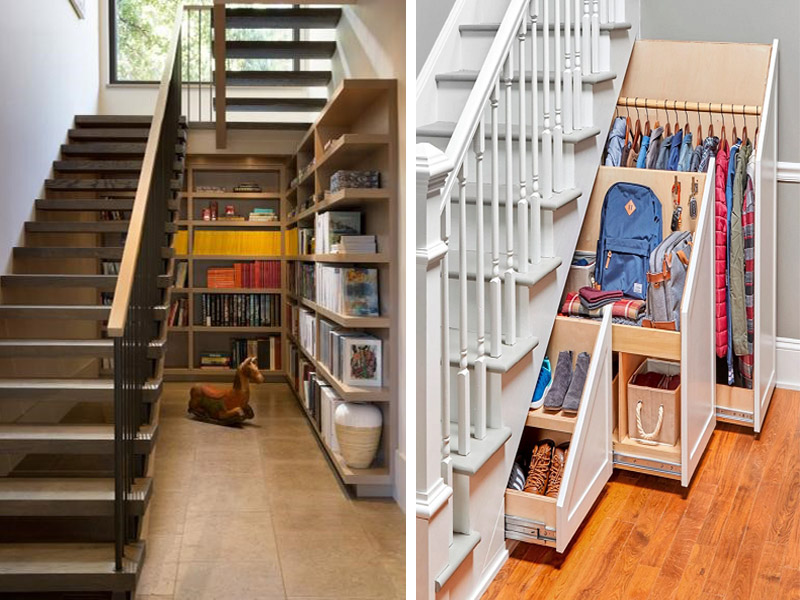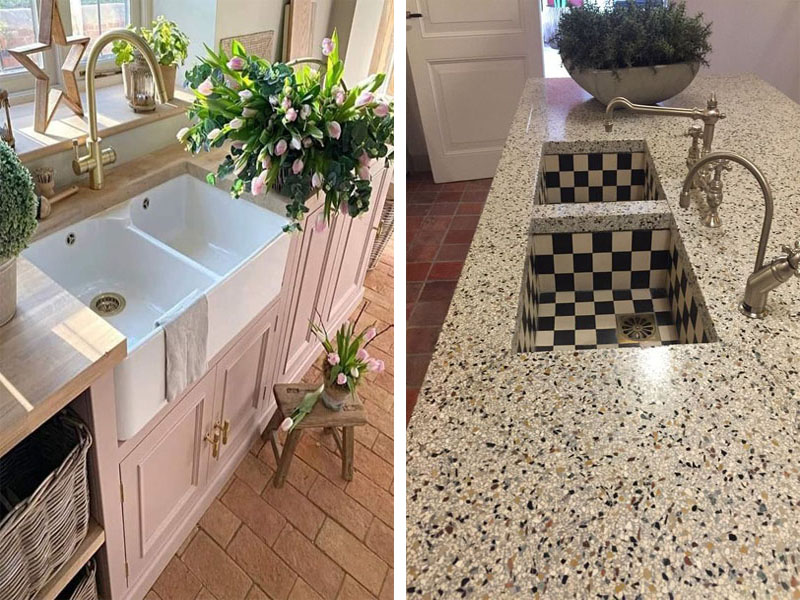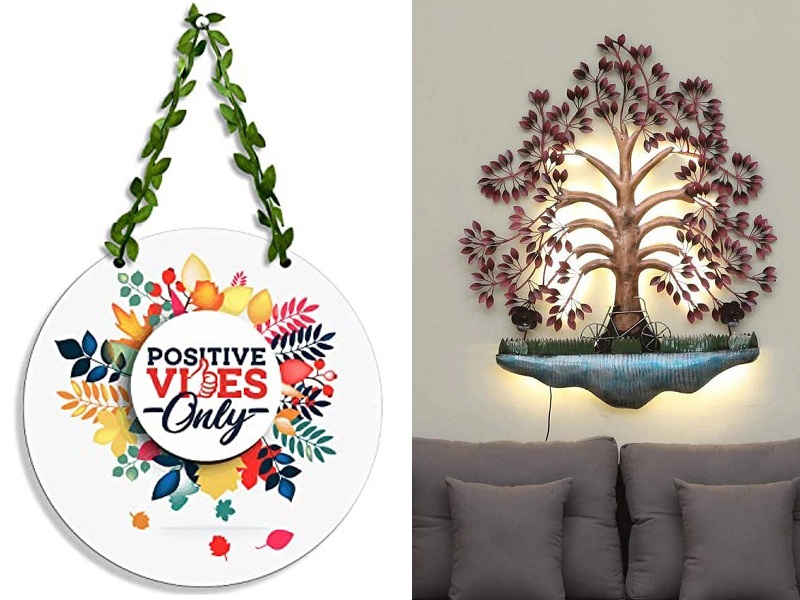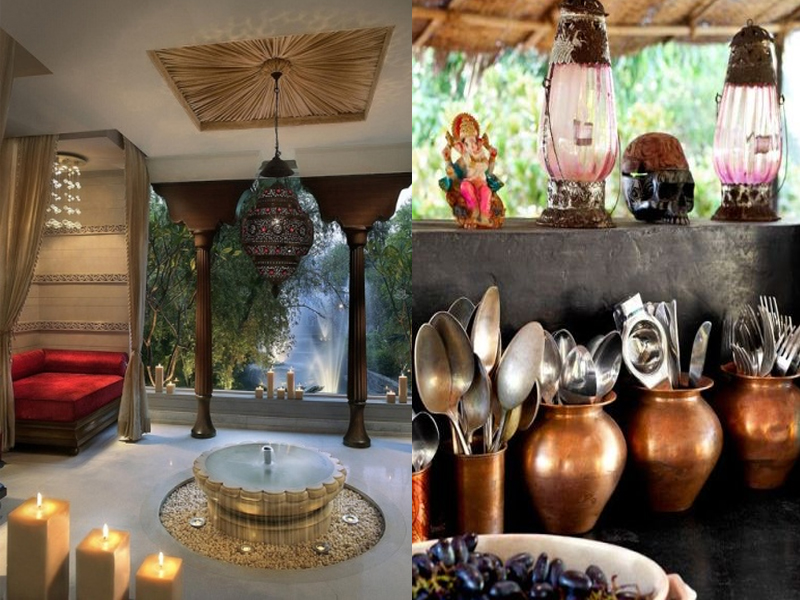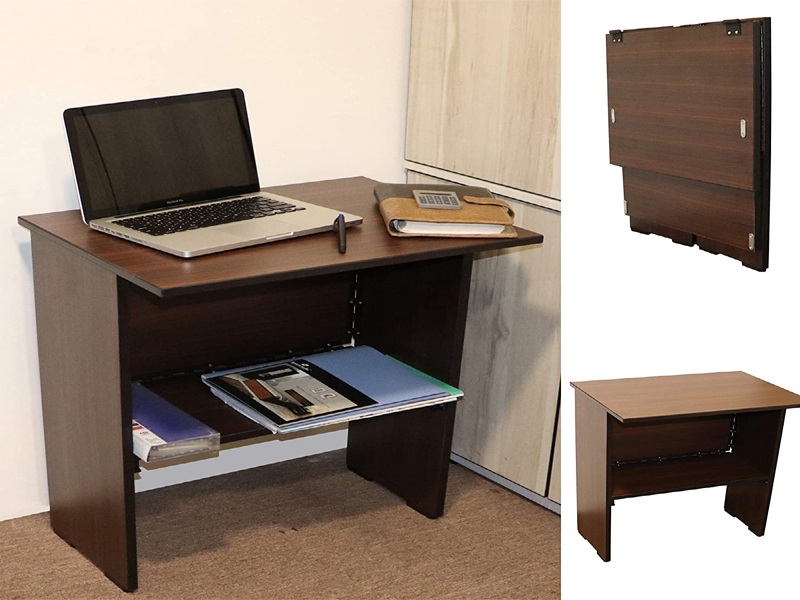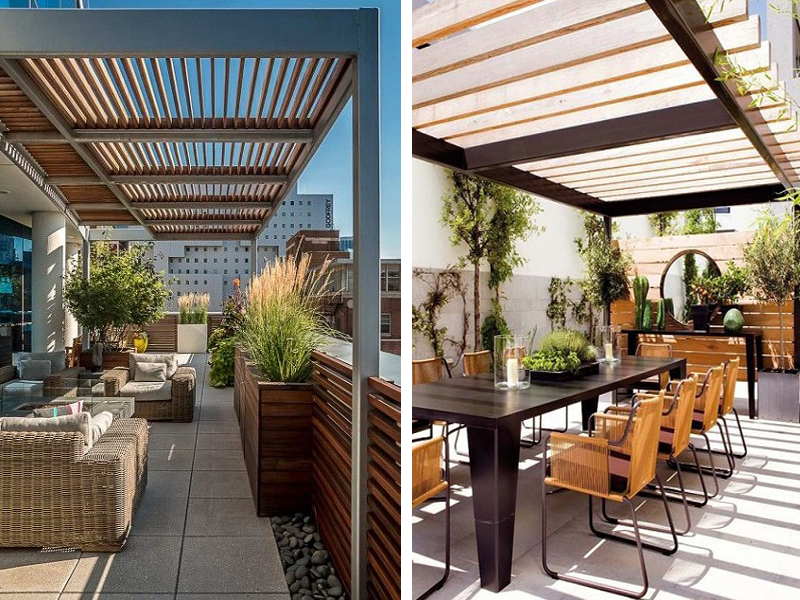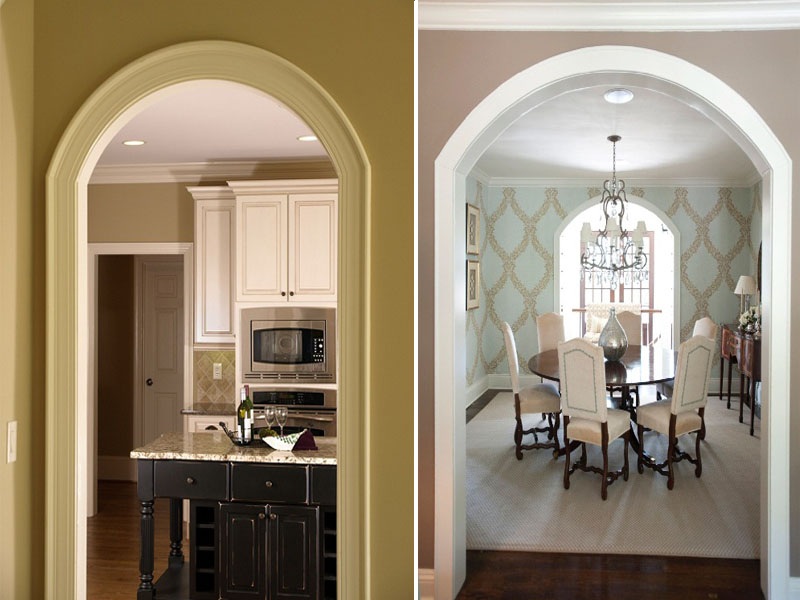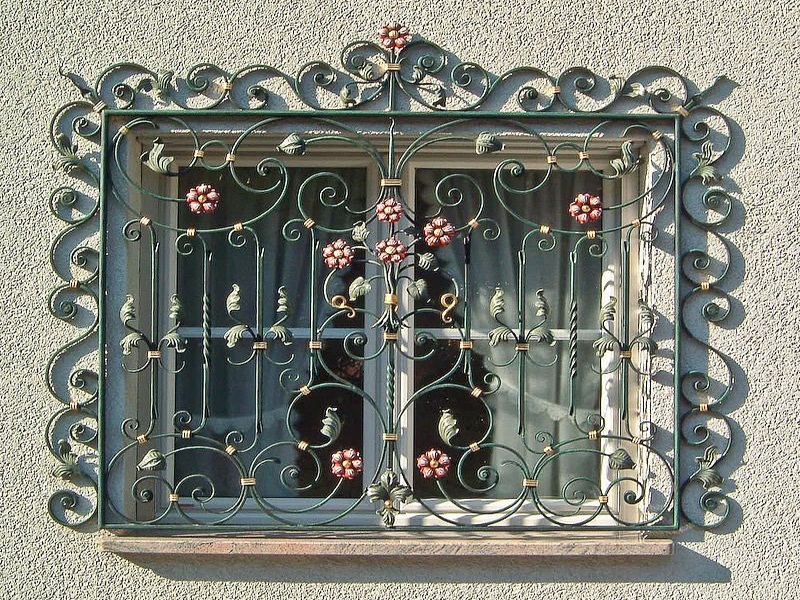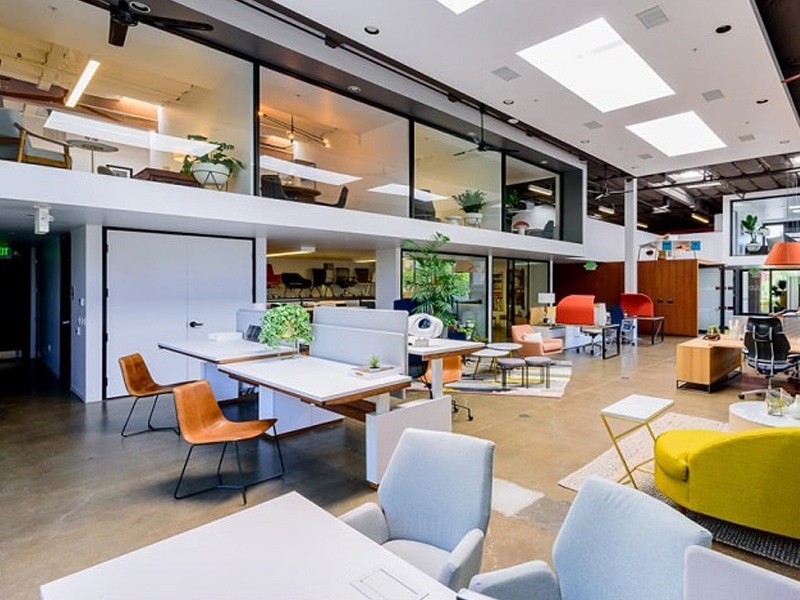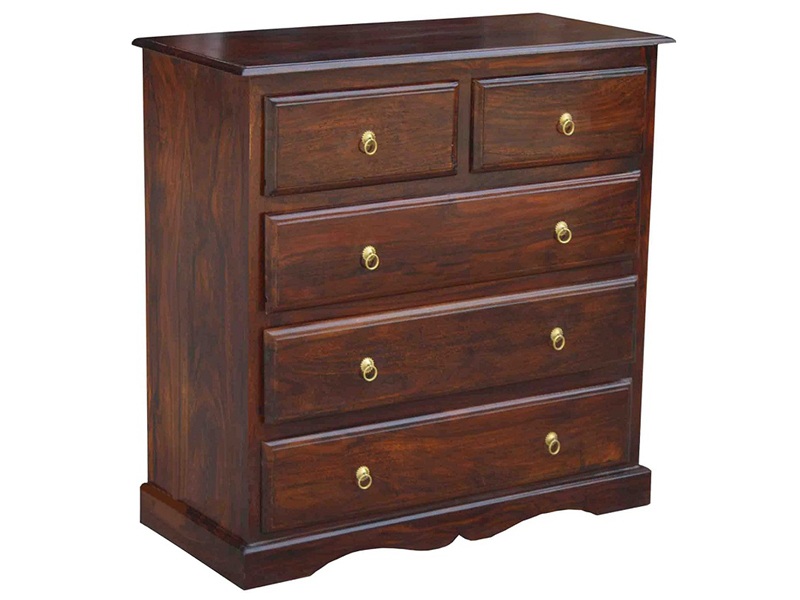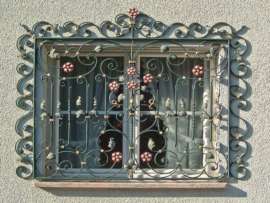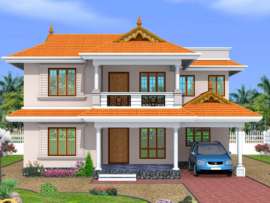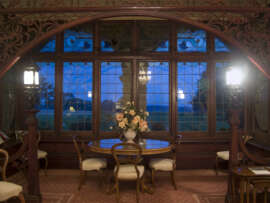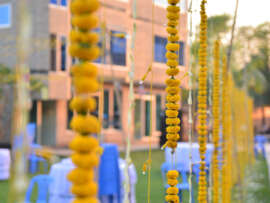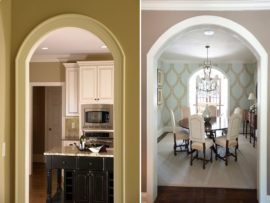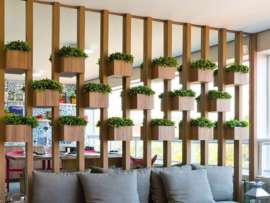Layering down a luxury carpet is enough to make every area more aesthetic and comfortable whenever you want to change your home’s look and feel. Different types of carpets are based on styles, colours, patterns, textures, weave types, and materials. Different carpets have different fibres, but nylon, polyester, olefin, acrylic, and wool are the most common. When picking out a new carpet for your home, you’ll probably think about many things.
We’ve compiled a list of the most important things to consider when buying a carpet for your home.
- Carpet padding is important because it gives the carpet support and extra cushioning.
- The type of natural or synthetic fibres used to make the carpet and the pile height are two of the most important things to consider when choosing a carpet.
- Carpet prices vary greatly depending on style and material. Look for a high-quality carpet variety that fits your home and your budget.
- Stain resistance is an important factor when choosing from the wide variety of carpets available on the market.
Types of Carpets According To Backing:
The backing of a carpet is the underside that secures the tufts and adds strength and dimensional stability to the carpet. Most types of carpet have two backings: the primary and the secondary backing. Carpet backings are generally available in the following types:
- Jute: Jute is a natural fibre preferred for backing because it is soft, long-lasting, and natural.
- Polyurethane: Polyurethane has grown in popularity as a carpet backing material because it repels moisture, is highly durable, and is cost-effective.
- Soft plastic backing: This type of backing is made of a plastic weave and is soft and gentle, extending the life of your floors.
Types Of Carpets According To Density Or Height:
“Pile” is a common term that we come across when talking about the different types of carpets. Carpet pile refers to the visible tufts of yarn on the surface of a carpet and is classified into three types:
- Low pile carpet: under ¼ inch. These are made up of short fibres and are best suited for crowded areas of the home.
- Medium pile carpet: height ranges from ¼ inch to ½ inch. These are made of longer fibres, making them softer to the touch. It is easy to clean.
- High-pile carpet: ½ inch to ¾ inch. These are plush and fluffy, giving your home a luxurious look.
Carpet Varieties: 18 Different Types of Carpets for Indian Homes:
With so many types of carpets available, choosing can be difficult. Consider the following types of carpet fibres and pile options:
1. Nylon:
Nylon is among the most popular carpet fibres due to its high durability, softness, and stain—and abrasion-resistant properties.
Pros:
- It is resistant to wear, mould, mildew, and rot.
- It dyes easily and retains its colour well.
- It has strong fibres that easily retain their shape.
- Nylon’s low cost is a significant advantage.
2. Wool:
Wool is the softest carpet fibre type available and is a natural, luxurious, and long-lasting material. Wool-acrylic blends are particularly popular in areas with high humidity and moisture. Wool carpets are still a popular choice in homes and the hospitality business.
Pros:
- Good quality
- High durability
- Pure wool carpet varieties contain no chemicals or additives, making them an excellent choice for those with chemical allergies or sensitivities.
3. Polypropylene (Olefin):
Polypropylene, or olefin, is a synthetic carpet fibre made from melted plastic. Due to the similarity of polypropylene filaments to wool fibres, this carpet material is used as a natural wool substitute. Polypropylene fibre carpets can be used as both indoor and outdoor area carpets. It is frequently used in areas with a high risk of water damage.
Pros:
- Mold and moisture resistance properties
- Long-lasting
- Cost-effective
4. Acrylic:
Acrylic is sometimes called “synthetic wool” or “man-made wool” because it has the feel and appearance of wool. These wool carpet varieties are mass-produced and are more of a budget-tier carpet for those who want the look of wool but at a lower cost. Although acrylic is made of man-made materials, it doesn’t cause allergies, making it a great choice for people who don’t want to bring allergens into their homes.
Pros:
- Cost-effective.
- Resistant to static electricity
- Moisture-resistant.
- Resistant to mildew, fading, and staining.
5. Polyester:
Polyester carpet fibres are a more affordable alternative to natural rug material. They resemble wool and are primarily used in the production of shaggy carpets. Polyester is popular for its velvety softness, which feels luxurious and highly comfortable beneath the feet.
Pros:
- Stain-resistant
- Fade-resistant
- Retains the rug’s vibrant colours and pattern for an extended period
6. Triexta:
Triexta is a synthetic polymer derived primarily from corn sugar to produce luxurious high-end cut pile carpets. Its fibre core has a lifetime stain resistance built in, which is easily removed with water and provides guaranteed protection from household spills.
Pros:
- Highly stain-resistant
- Retains the volume
- Soft
7. Cut Pile:
Cut pile is a type of carpet in which the exposed fibres are sheared off. These are soft, inviting, and easy-to-clean carpets. Different carpet styles can be made by changing the angle of the shear that cuts through the loop. There are a lot of different lengths and thicknesses of cut-pile carpets. Nylon, polyester, or wool are the most commonly used materials, with nylon cut piles being the most popular.
Pros:
- Blend well with the room.
- Available in a wide variety of colours and patterns
8. Plush Pile:
This style, also known as a velvet-cut pile, is a cut pile variation in which the fibres are very densely packed, resulting in a rich and luxurious carpet surface. The plush carpet pile is cut to a consistent height, resulting in a sleek, smooth finish. Spills can be easily spotted and cleaned because protective coatings delay the time liquids penetrate the carpet fibres.
Pros:
- Resistant to dust and spills
- Excellent comfort
- Affordable price
9. Saxony Cut:
The most common type of cut-pile carpet is Saxony, which has fibres twisted and cut into even lengths that stand straight up. The carpet is sheared to create an even surface and has broadloom woven loops. High-quality Saxony is 100% nylon with a pile frequently half an inch or less. These are best suited for use in low-traffic areas
Pros:
- Feels soft
- Looks elegant
10. Frieze-Cut Pile:
The frieze-cut pile is a type of carpet with cut fibres about half an inch to three-quarters of an inch long twisted together. This causes the fibres to curl randomly across the surface of the carpet. Seven or nine piles are typically twisted tightly to create a fluffy appearance. Because the piles are long, they form a dense pile. Because of the long piles, the carpet can’t stand upright.
Pros:
- Very durable
- Hides dirt and wear
- Works well in high-traffic and commercial settings.
11. Textured Cut:
A textured-cut pile is a cut-pile carpet in which the yarns are cut to different lengths and laid at different angles, giving the surface a little more depth. As a result, textured plush carpets can be thicker than plush pile carpets, have more surface texture, and better resist footprints and tracks. This carpet can be used in many places, but it works especially well in living rooms and bedrooms.
Pros:
- Soft
- Durable
12. Loop Pile:
Loop pile carpets are left as loops rather than sheared like cut piles. They come in various weights and thicknesses and are typically made of nylon, wool, or olefin. They are also known as “uncut piles.” The most popular loop pile carpet style is sisal, which has various beautiful patterns and textures.
Pros:
- Highly durable.
- Easy to clean
- Stain-resistant
- Can withstand heavy foot traffic, which makes them an excellent choice for hallways and stairs.
- Hide footprints and vacuum marks.
13. Berber Loop Pile:
Berber style carpets, also known as Berber loop carpets, are a type of loop pile carpet that Berber is made of thick, bulky yarn. It is the most common type of carpet found in commercial office buildings. It is typically made of olefin but is also available in wool, polyester, and nylon.
Pros:
- Extremely durable because the fibres are uncut and tightly woven, preventing fraying.
- Simple to care for because liquid spills tend to float on top of the pile rather than sink into it
14. Level Loop Pile:
Level loop carpet is manufactured with all loops the same size for a flat, smooth surface. It is ideal for rooms that need style and texture. Level loop carpet, made from tufted loops, is dense and suitable for high-traffic areas like stairs, hallways, and media rooms. Sitting on it is not as comfortable but lasts much longer because the yarn ends are not left open to fray.
Pros:
- Highly durable.
- It is easier to vacuum.
- Comes in a wide range of solid colours and multicoloured and tweedy patterns.
15. Cut-Loop Pile:
A cut-and-loop carpet combines high, sheared tufts with lower-cut loop fibres in its construction. While multicoloured fibres are one option, single-colour patterns are also very fashionable. Low-traffic areas are ideal for this pattern because it relies on the size of the gap between the cut and loop segments. Cut-and-loop carpets need to be vacuumed often, so it’s better to choose a darker carpet with a textured surface that will help hide dirt.
Pros:
- Work well with modern furnishings.
- Ideal for bedrooms.
- Available in multiple colours
16. Sculpted Pile:
The surface of a sculptured carpet has varying heights and textures. It is made of a combination of looped and cut-pile fibres. The various fibre cuts are sometimes arranged in geometric patterns that give the impression of depth and complexity. Sculptured carpets can feature various patterns, including a regular grid, latticework, geometric shapes, or even something more chaotic, like a twisted rope pattern.
Pros:
- Ideals for bedrooms and offices
- Available in a wide variety of geometric patterns
17. Shag Pile:
Shag pile, also known as cable carpet, is a type of high-pile carpet made up of long, bulky strands rather than the standard strands found in other cut-pile carpets. Because the longer fibre length is prone to matting and crushing, cable carpet performs best in low-traffic areas. The most popular fibre options are nylon, polyester, and wool, all of which have a soft, shag-like texture.
Pros:
- Adds a luxurious style to the room.
- Feels soft underfoot.
18. Multi-Level Loop Pile:
A multi-level loop carpet, a high-low loop pile, is created by alternating rows of cut and loop piles. The loop piles are all different heights, giving the carpet an interesting visual texture. The distinct visual effect created by the multi-level loops makes it simple to combine spaces.
Pros:
- Easy stain removal.
- Can stand up to more foot traffic than low-pile carpet.
Read: Latest Floor Tiles Designs 2023
Carpets are a must-have to make a house feel like a home. There are a lot of factors to consider when choosing a carpet for your home, including the fibre type, texture, colour, and required carpet padding. In recent years, carpet manufacturers have introduced many new designs, colours, and materials to satisfy homeowners’ demands for stylishness, affordability, and convenience. We sincerely hope you can find all the answers you sought and acquire the knowledge to feel confident pursuing a new carpet for your home.


